The 1990s were a seismic shift in music, a decade where genres collided and exploded in every direction. From the raw angst of grunge to the swagger of gangsta rap, the infectious rhythms of dancehall to the resurgence of disco, and the defiant energy of riot grrrl to the sugar-sweet sounds of TRL pop, the 90s were a melting pot of musical innovation. Electronic music fractured into countless subgenres, while hip-hop artists like Wu-Tang Clan redefined lyrical complexity. It was a decade overflowing with sound, offering more music than any single listener could possibly absorb. Compiling a definitive list is an impossible task – you could easily craft hundreds of incredible playlists from just one year like 1994 alone. However, these 50 essential songs capture the vibrant spirit of the 90s music explosion, showcasing iconic hits, hidden gems, cult favorites, dance floor anthems, guitar-driven rock tracks, and karaoke staples. So, buckle up and get ready to dive into the sonic landscape of a generation. Here we are now, let us entertain you with the Best Songs Of The 90s.
Flashlight by Fuzzy (1994)
Emerging from the Boston music scene and fading almost as quickly, Fuzzy gifted the world with one perfect, melancholic tune. “Flashlight” is a quintessential 90s quasi-grunge track, featuring a female vocalist singing barely discernible lyrics about navigating darkness with a flashlight. Largely missed by the mainstream, it resonated with those who caught it on late-night MTV shows like 120 Minutes. This song is a reminder of the countless amazing quasi-grunge songs buried on forgotten major-label albums from the post-Nirvana era, waiting for rediscovery. While few may reach the heights of “Flashlight”, the search for these hidden gems is always rewarding for 90s music aficionados.
Sometimes by Britney Spears (1999)
Britney Spears’ “Sometimes” was more than just her second hit; it was her first crucial comeback single. After the phenomenal debut of “…Baby, One More Time,” the pressure was on to prove her staying power. “Sometimes” became a Total Request Live anthem, demonstrating that Britney was not a fleeting sensation but a pop force to be reckoned with. This track served as a blueprint for a new generation of pop stars, blending catchy melodies with a wholesome yet captivating image. “Sometimes” solidified Britney’s place in the pop pantheon and signaled the direction of pop music as the century turned.
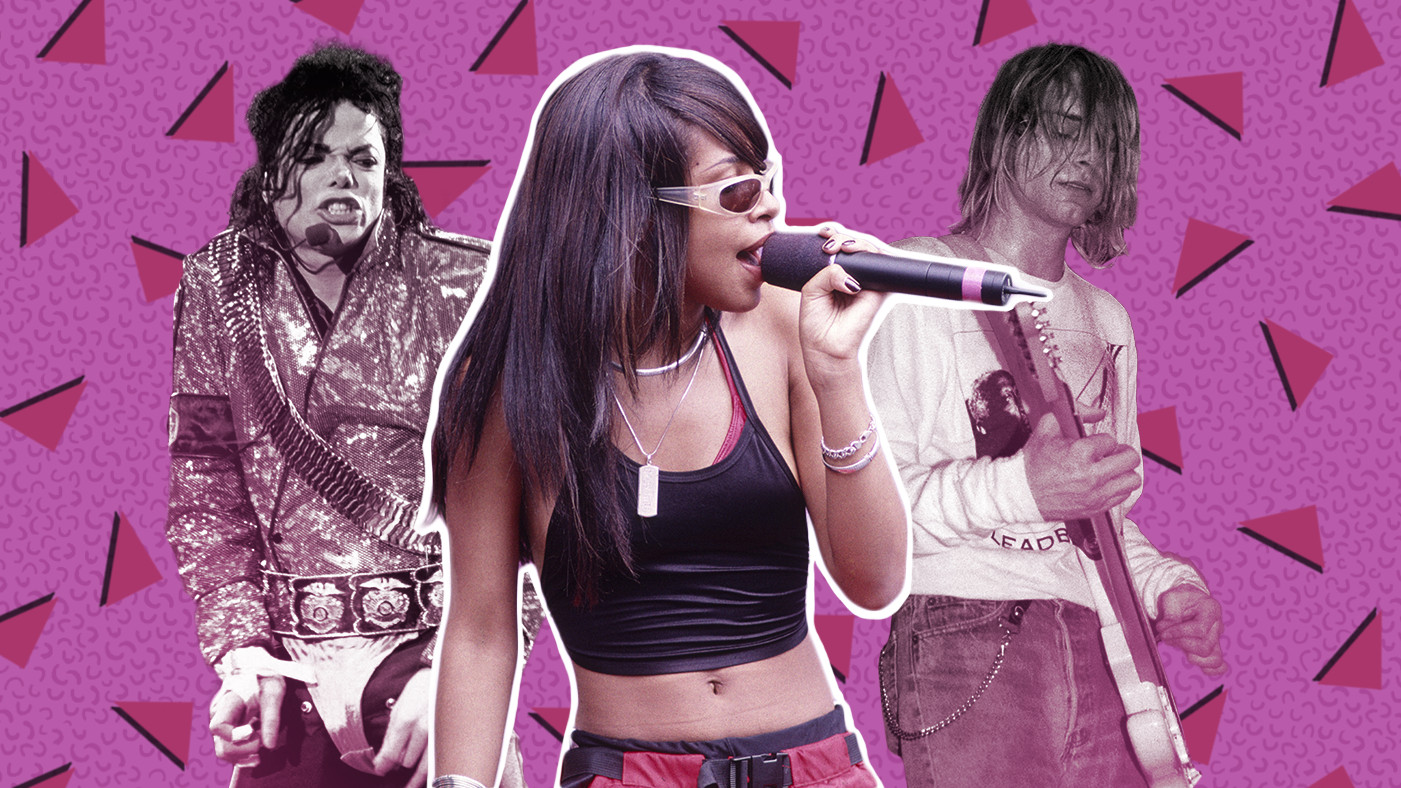 Britney Spears Sometimes best songs of the 90s hit
Britney Spears Sometimes best songs of the 90s hit
Self Esteem by The Offspring (1994)
The Offspring, hailing from Orange County’s hardcore scene, unexpectedly achieved megastar status with “Self Esteem,” a tongue-in-cheek anthem about masochism in relationships. The line, “I may be dumb, but I’m not a dweeb,” remains surprisingly relatable, particularly if you identify with the less assertive partner in a relationship. This song’s blend of punk energy and pop-punk hooks made it a 90s radio staple and a defining track of the era’s skate-punk explosion.
Fotos y Recuerdos by Selena (1994)
Selena, the beloved Tejano music icon, masterfully reimagined The Pretenders’ classic “Back on the Chain Gang” with “Fotos y Recuerdos.” Translated into Spanish, the song resonated deeply with her Latin fanbase and climbed to the Top Five on the Billboard Latin charts the very week of her tragic passing. This poignant reinvention showcased Selena’s versatility and her ability to bridge musical worlds, solidifying her legacy as a cross-cultural superstar in 90s music.
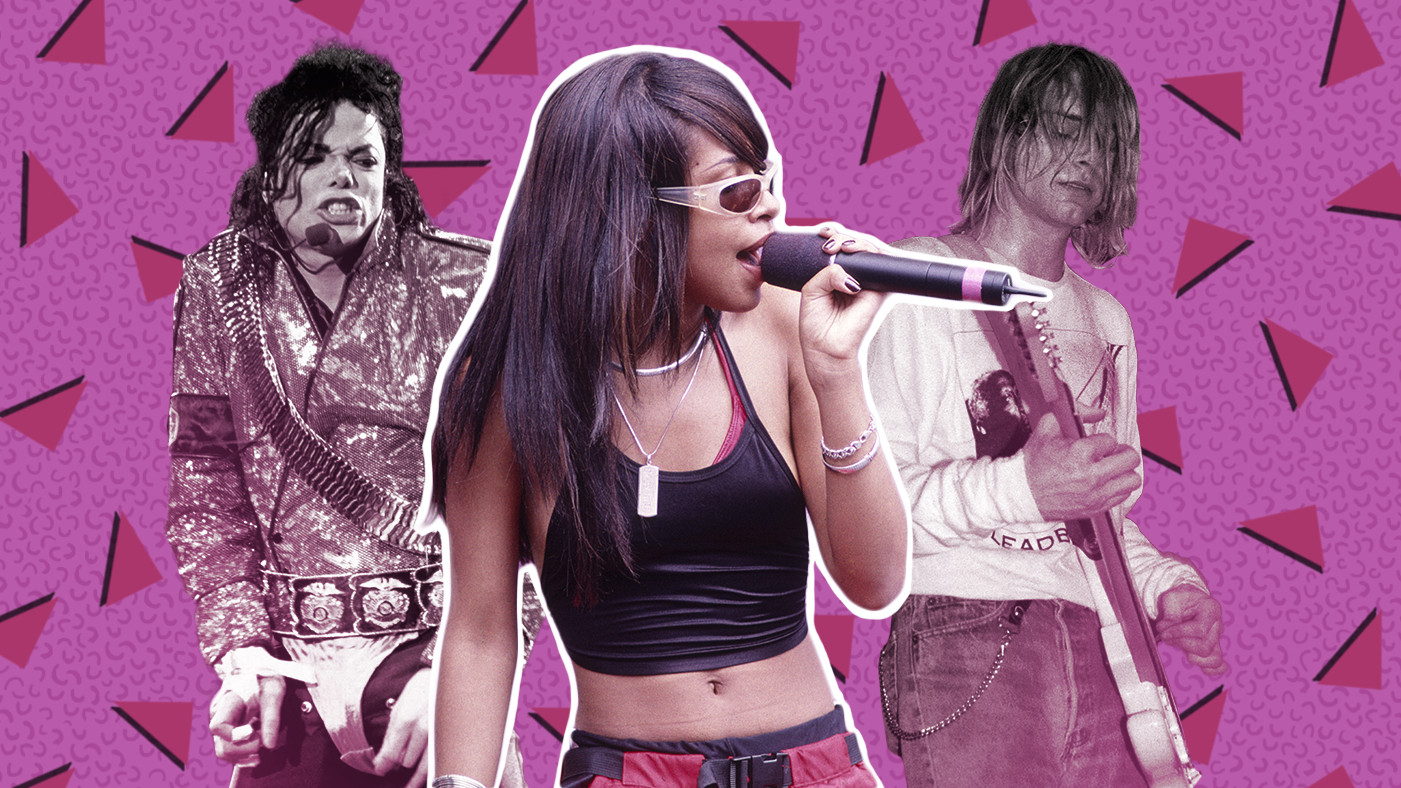 Selena Fotos y Recuerdos 90s Latin music
Selena Fotos y Recuerdos 90s Latin music
Random Rules by Silver Jews (1998)
Imagine a honky-tonk lounge in the depths of hell, and “Random Rules” by Silver Jews is playing as the last call rings. David Berman’s distinctive, wry vocals deliver fractured barstool philosophy over a melancholic melody. This song epitomizes the introspective and often darkly humorous side of 90s alternative music, showcasing Berman’s unique lyrical genius and the band’s understated brilliance.
Crush on You (Remix) by Lil Kim With Lil Cease (1997)
“Crush on You (Remix)” is the quintessential Bad Boy Records anthem. Built around a hauntingly beautiful synth loop, the track features Lil Cease taking cues from Biggie, but the true star is Lil Kim, the Queen Bee herself. Her unapologetic bravado shines as she flaunts her signature style, complete with extravagant wigs and furs. The call-and-response, “Shall I proceed?” “Yes, indeed!” perfectly encapsulates the song’s confident and playful energy, making it a defining moment in 90s hip-hop and female rap.
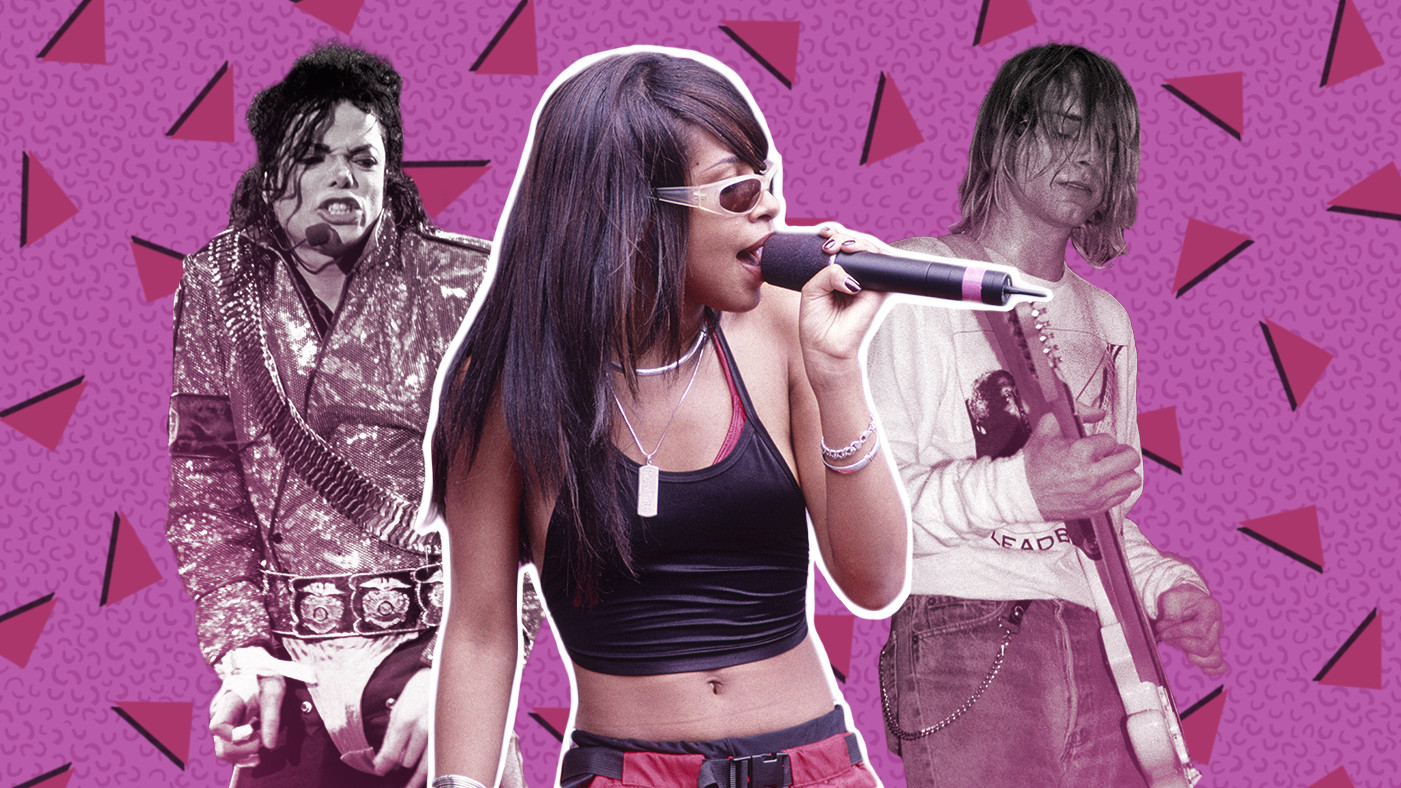 Lil Kim Crush on You 90s hip hop
Lil Kim Crush on You 90s hip hop
Cybele’s Reverie by Stereolab (1996)
“Voulez vous coucher avec le revolution?” Stereolab, the European masters of vintage-keyboard aesthetics, crafted album after album of mesmerizing, politically charged trance-prog. “Cybele’s Reverie” stands as their magnum opus, a lush and hypnotic track that perfectly encapsulates their unique sound. This song is a testament to the experimental and intellectually stimulating side of 90s alternative music.
Alright by Supergrass (1995)
Choosing just one song from the Clueless soundtrack is a near-impossible task, much like finding depth in a Pauly Shore movie. However, Supergrass’ “Alright” perfectly captures the youthful exuberance and carefree spirit of the 90s, and especially the vibe of that iconic movie. Its infectious energy and catchy chorus made it a Britpop anthem and a quintessential song of 90s youth culture.
 Supergrass Alright 90s Britpop anthem
Supergrass Alright 90s Britpop anthem
The Sign by Ace of Base (1994)
Ace of Base, the world’s most successful Swedish reggae-pop band, achieved global fame with “The Sign,” a mystical hit whose lyrics are wonderfully quirky. Lines like, “Life is demanding/Without understanding,” possess a unique, almost unintentionally profound quality. This song became a defining sound of 90s pop, showcasing the era’s global musical landscape and the surprising popularity of Swedish reggae-infused pop.
Damn I Wish I Was Your Lover by Sophie B. Hawkins (1992)
Sophie B. Hawkins, the bohemian sex priestess of 90s music, delivered a powerful wail of unrequited desire with “Damn I Wish I Was Your Lover.” The word “damn” carried an emotional weight rarely heard in pop music before. This song’s raw vulnerability and passionate delivery made it a standout ballad of the early 90s and a testament to Hawkins’ unique artistry.
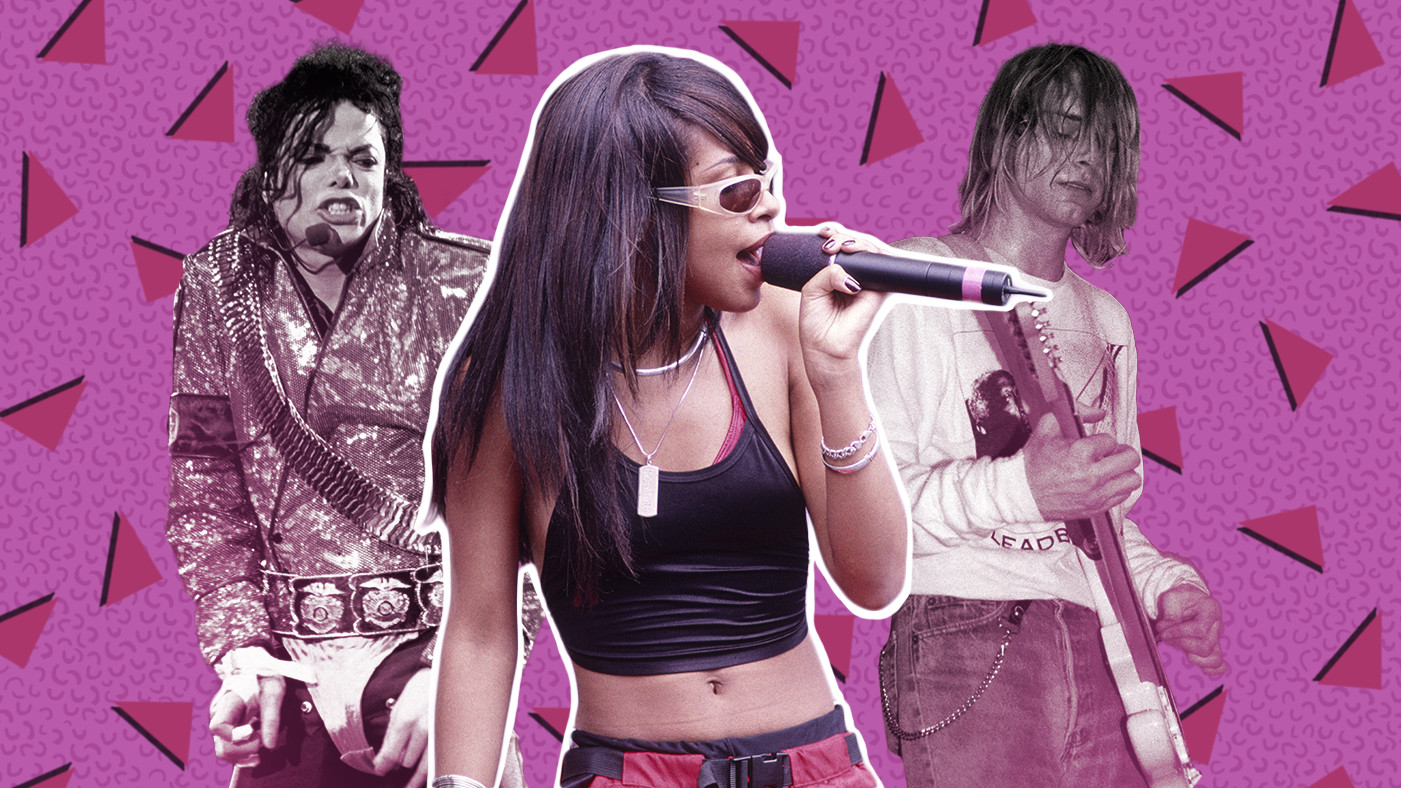 Sophie B Hawkins Damn I Wish I Was Your Lover 90s ballad
Sophie B Hawkins Damn I Wish I Was Your Lover 90s ballad
Still Not a Player by Big Pun Feat. Joe (1998)
Representing Uptown, baby! The late, great Bronx MC, Big Pun, joined forces with R&B crooner Joe on “Still Not a Player.” Set against a smooth lovers-rock piano melody, the track is a masterclass in wooing “highly intelligent bachelorettes.” With its pan-cultural party chant (“boricua, morena“) and suggestive lyrics, “Still Not a Player” became a late 90s hip-hop and R&B crossover hit. R.I.P., Pun – he may not have been a player, but he certainly left a lasting impact on 90s music.
Brand New Love by Sebadoh (1992)
Sebadoh, the indie rock wolf boys, took a significant step towards vulnerability with “Brand New Love.” This folk-tinged ballad, laced with their signature feedback, explores the daunting yet rewarding experience of opening up to new feelings and connecting with someone. This track showcased the evolution of 90s indie rock, moving from pure aggression to more nuanced emotional expression.
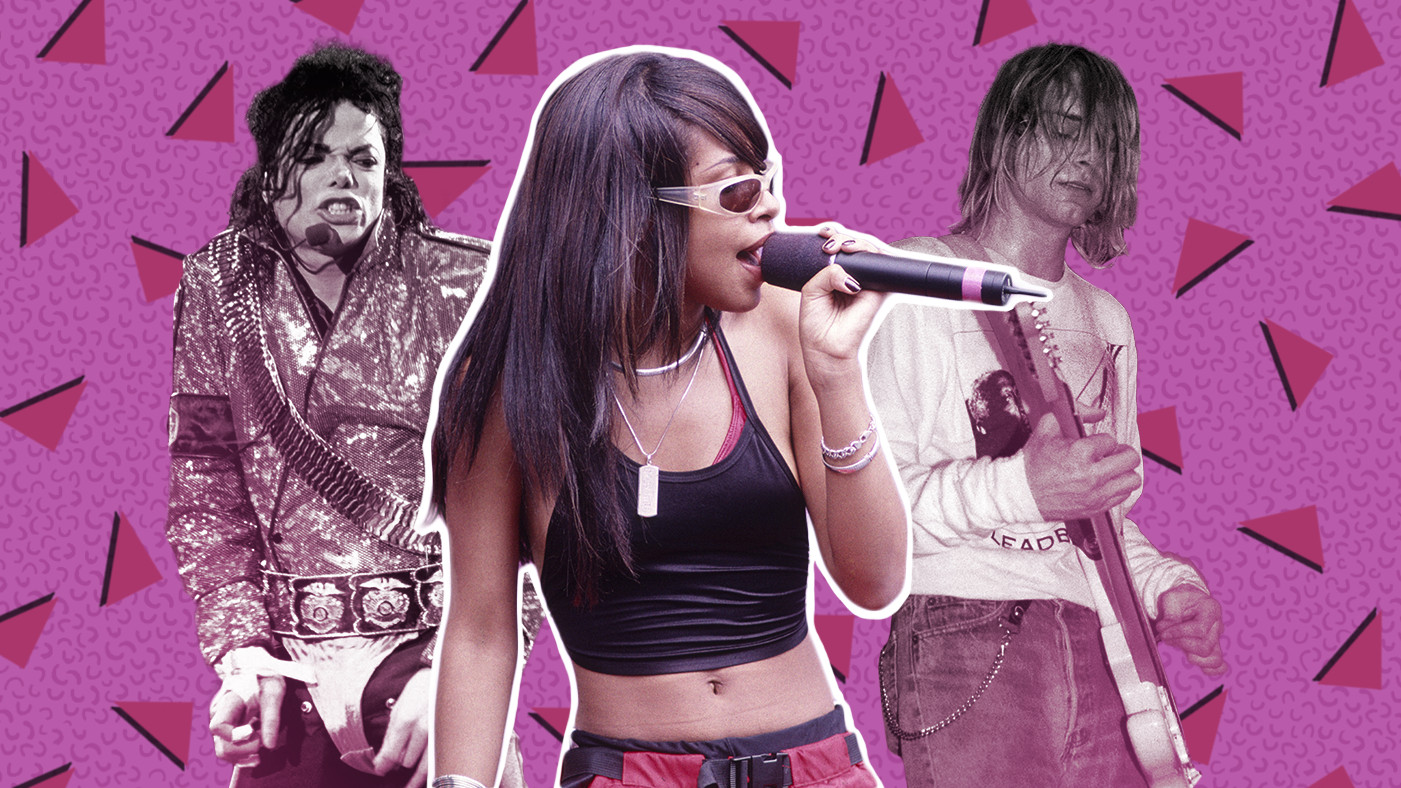 Sebadoh Brand New Love 90s indie rock
Sebadoh Brand New Love 90s indie rock
Mind Playing Tricks on Me by Geto Boys (1991)
“Mind Playing Tricks on Me” by Geto Boys is arguably the most chilling and psychologically complex gangsta rap narrative ever recorded. The song culminates in a harrowing scene with Willie D pounding his bloodied fists against concrete, all set to a backdrop of haunting jazz-fusion. This track pushed the boundaries of hip-hop storytelling in the early 90s, exploring themes of paranoia and mental anguish within the context of gangsta life.
You Get What You Give by New Radicals (1998)
New Radicals achieved ultimate one-hit wonder status with “You Get What You Give,” a gloriously anthemic prom song. Complete with its iconic bucket hat, mall-riot music video, and cheeky insults directed at Beck, Hanson, Courtney Love, and Marilyn Manson, the song was a cultural moment. And then, just as quickly, they were gone. While the New Radicals frontman later received an Oscar nomination for Begin Again in 2015, the bucket hat tragically remained absent from the red carpet, leaving a void in 90s nostalgia.
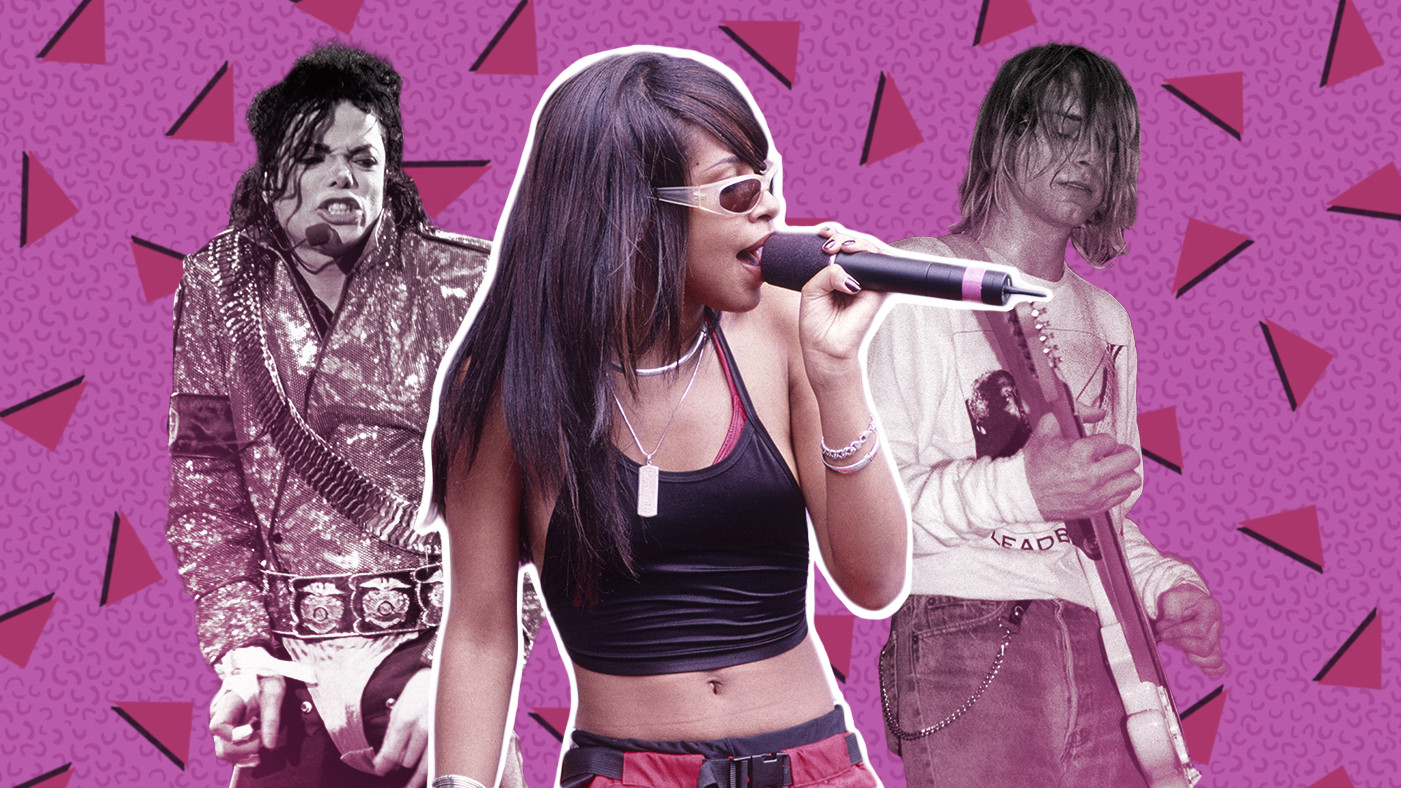 New Radicals You Get What You Give 90s one hit wonder
New Radicals You Get What You Give 90s one hit wonder
Glory Box by Portishead (1994)
Portishead defined the trip-hop genre with “Glory Box,” a masterpiece of elegant melancholy. Beth Gibbons’s haunting vocals lament heartbreak over a timeless sample of Isaac Hayes’s cheeba-zonked funk from the 70s. This sample gained renewed popularity in 2015, brought back to the radio waves by the then-not-yet-born Alessia Cara, showcasing the enduring influence of 90s trip-hop.
If It Makes You Happy by Sheryl Crow (1996)
Sheryl Crow won hearts with the relatable line about scraping mold off bread in “If It Makes You Happy.” This song perfectly encapsulates the 90s vision of rock & roll stoner ennui and resilience. Its laid-back vibe and wry lyrics resonated with a generation embracing slacker culture while still searching for meaning.
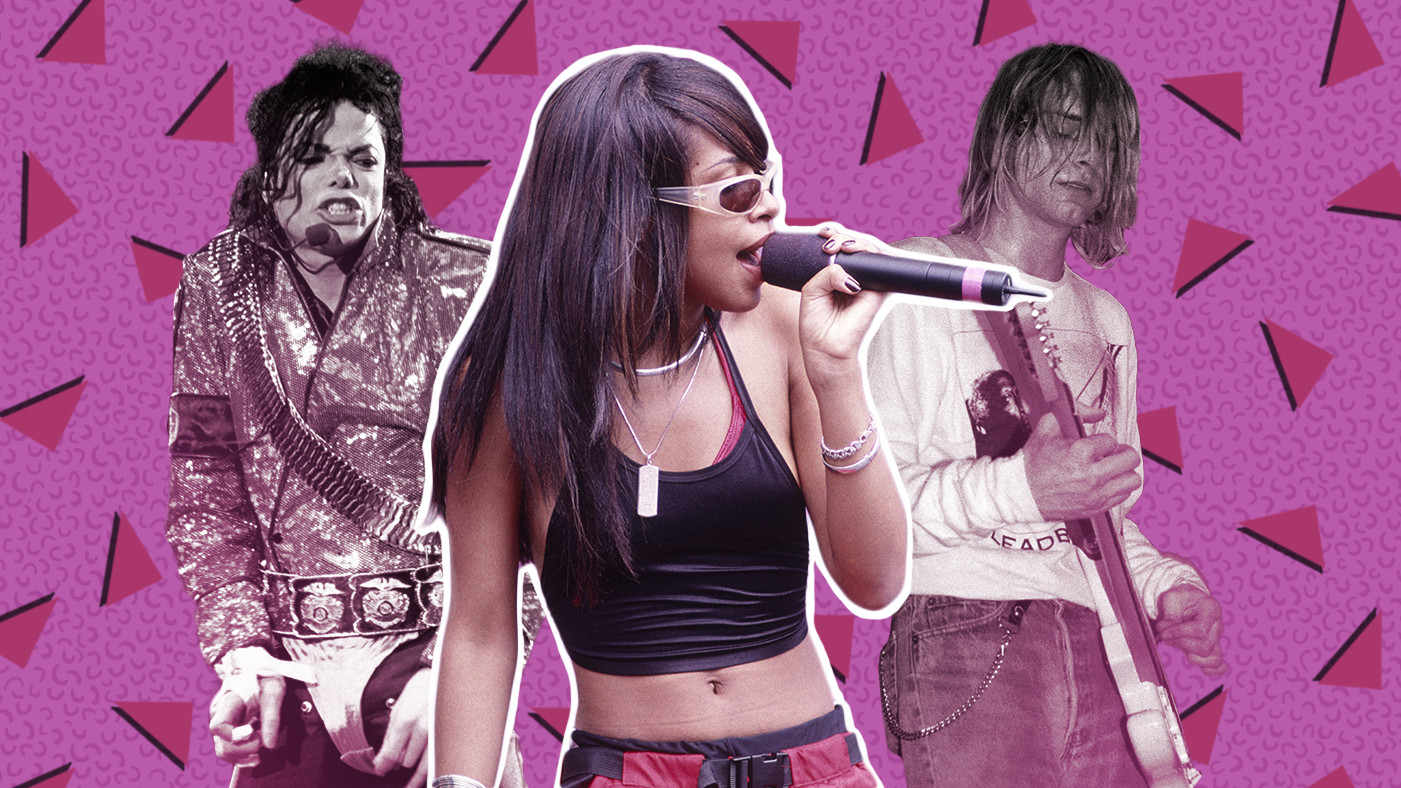 Sheryl Crow If It Makes You Happy 90s rock
Sheryl Crow If It Makes You Happy 90s rock
Don’t Let Go (Love) by En Vogue (1996)
En Vogue, the queens of funky divadom, delivered their steamiest slow jam with “Don’t Let Go (Love),” exploring themes of lovemaking, heartbreak, and soul-shaking emotion. The standout moment: “If I could wear your clothes… I’d pretend I was you… and looooose controoool!” This song solidified En Vogue’s status as one of the premier female vocal groups of the 90s R&B scene.
XXX by Helium (1994)
Mary Timony, the guitar virtuoso who would later form Wild Flag and Ex Hex, fronts Helium with “XXX.” This seemingly sweet ballad takes a dark turn, warning street harassers that they’ll pay with their lives, courtesy of Timony’s guitar. The song culminates in a sonic guitar assault as Timony delivers hilariously deadpan kiss-off lines: “My heart is a cab…your love is a fad…and you’re a draaag!” This track showcases the fierce and often darkly humorous side of 90s indie rock.
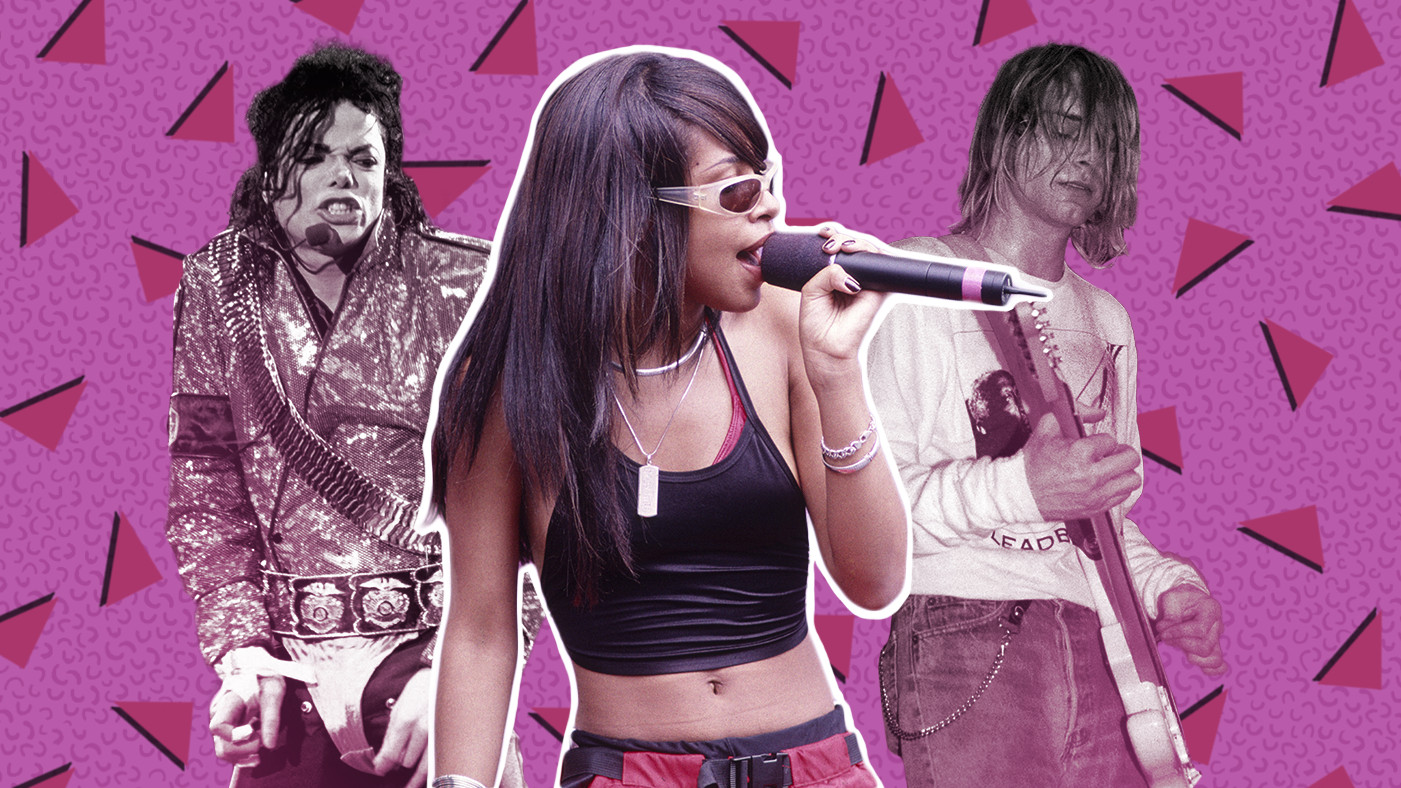 Helium XXX 90s indie rock
Helium XXX 90s indie rock
I’ll Be by Foxy Brown With Jay Z (1996)
Foxy Brown boldly declares, “I’m 2 live, nasty as I wanna be,” while a young Jay Z responds with a slightly more cautious, “Don’t shake your sassy ass in front of me.” Jay-Z had just burst onto the scene with Reasonable Doubt, and this collaboration with his teen protégé Foxy Brown was just one example of his early mastery. Few could have predicted his decades-long reign at the top, but “I’ll Be” offered early evidence of his undeniable talent and the rise of 90s hip hop royalty.
Born Slippy .Nuxx by Underworld (1996)
“Born Slippy .Nuxx” by Underworld is a sonic explosion of techno sensory overload. Its mainstream breakthrough came with its inclusion in Trainspotting, complete with the unforgettable “lager lager lager lager” chant. However, judging by the track’s intensity, lager might be one of the few substances not involved in its creation. This song became an anthem of 90s rave culture and electronic music’s growing mainstream appeal.
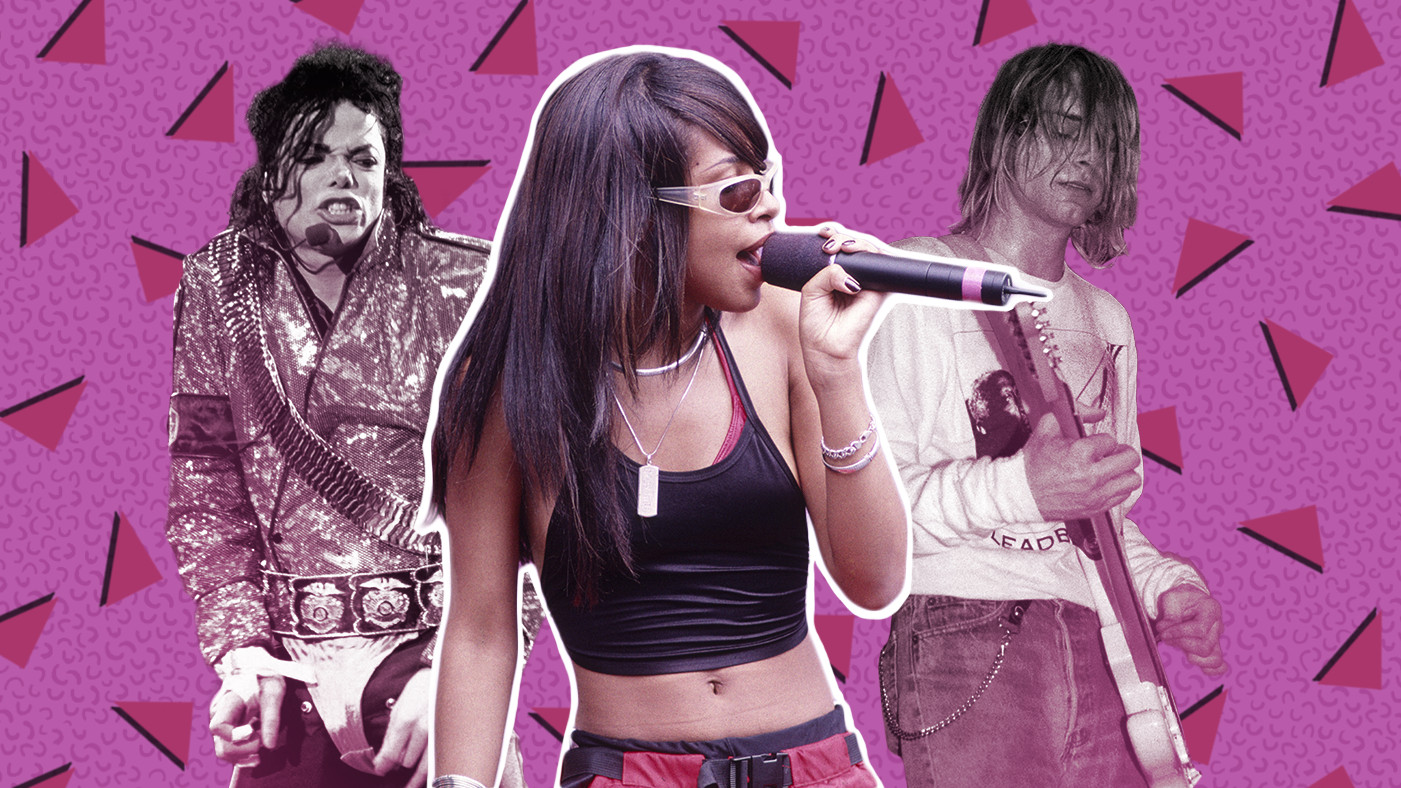 Underworld Born Slippy 90s techno
Underworld Born Slippy 90s techno
Baby Got Back by Sir Mix-A-Lot (1992)
“Baby Got Back” by Sir Mix-A-Lot is, butt of course, on this list. Nearly everyone in the English-speaking world can quote at least a few lines from this unapologetically pro-butt anthem. This song was a cultural phenomenon, sparking conversations about body image and redefining mainstream notions of beauty in the 90s.
Paper Bag by Fiona Apple (1999)
Fiona Apple’s “Paper Bag” delivers a poignant and relatable heartbreak anthem. The lyric, “He thought he was a man, but he was just a little boy,” encapsulates the disillusionment of realizing a love interest is less mature than hoped. This song, from the late 90s, showcased Apple’s raw lyrical honesty and her unique piano-driven alternative pop sound.
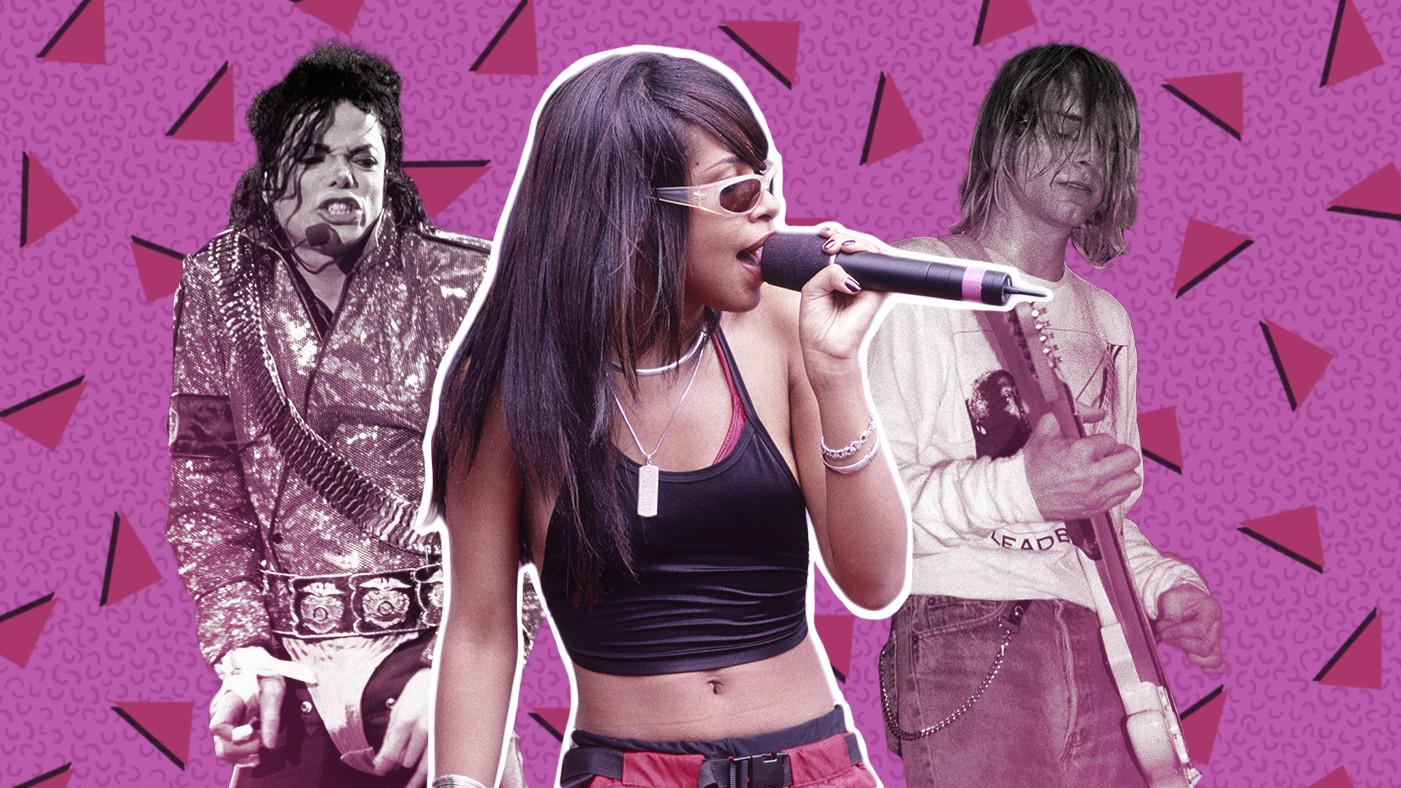 Fiona Apple Paper Bag 90s alternative pop
Fiona Apple Paper Bag 90s alternative pop
Pink Triangle by Weezer (1996)
Years before “overshare” became a common term (popularized by the movie Bring It On), Rivers Cuomo of Weezer took the concept to a new level with “Pink Triangle.” This love song, dripping with straight-dude cluelessness, is the definition of well-intentioned but ultimately misguided romantic pursuit. Cuomo’s self-deprecating lyrics and Weezer’s signature power-pop sound made “Pink Triangle” a memorable, if slightly awkward, 90s anthem.
Around the World by Daft Punk (1997)
Daft Punk, the enigmatic French techno robots, took the Chic “Good Times” bassline on an interstellar journey with “Around the World.” Their signature filter-house sound, prominently featured in this track, launched countless imitators and defined a significant portion of late 90s electronic music. “Around the World” became a global dance music phenomenon, showcasing the power of minimalist repetition and infectious grooves.
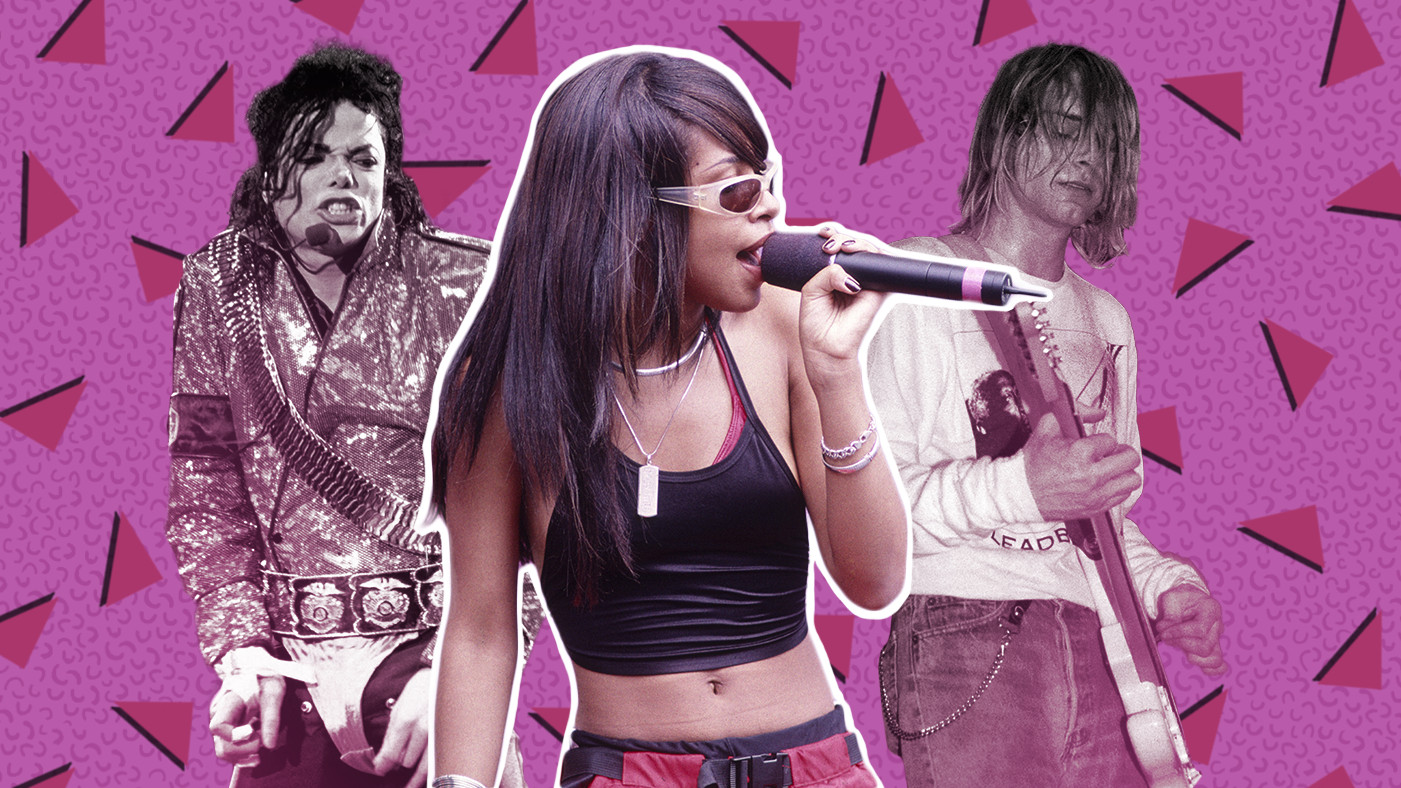 Daft Punk Around the World 90s electronic music
Daft Punk Around the World 90s electronic music
Torn by Natalie Imbruglia (1998)
There’s karaoke, and then there’s “Torn” karaoke. For many, 1998 remains the pinnacle of karaoke summers, and Natalie Imbruglia’s “Torn” was a ubiquitous choice. This song remains an enduring tear-jerker, even knowing that Australian singer Natalie Imbruglia’s real-life romantic history suggests she likely doesn’t need anyone’s shoulder to cry on. “Torn” became a 90s pop karaoke standard, showcasing Imbruglia’s vocal delivery and the song’s universal themes of heartbreak.
Flagpole Sitta by Harvey Danger (1998)
Similar to “Torn,” there’s karaoke, and then there’s “Flagpole Sitta” karaoke. Harvey Danger’s “Flagpole Sitta” perfectly encapsulates the 90s zeitgeist with lines like, “I wanna publish zines and rage against machines.” The lyric, “I don’t even own a TV,” embodies a certain type of 90s hipster attitude that faded as the decade ended. This song became an ironic anthem for 90s alternative culture and its sometimes-contradictory ideals.
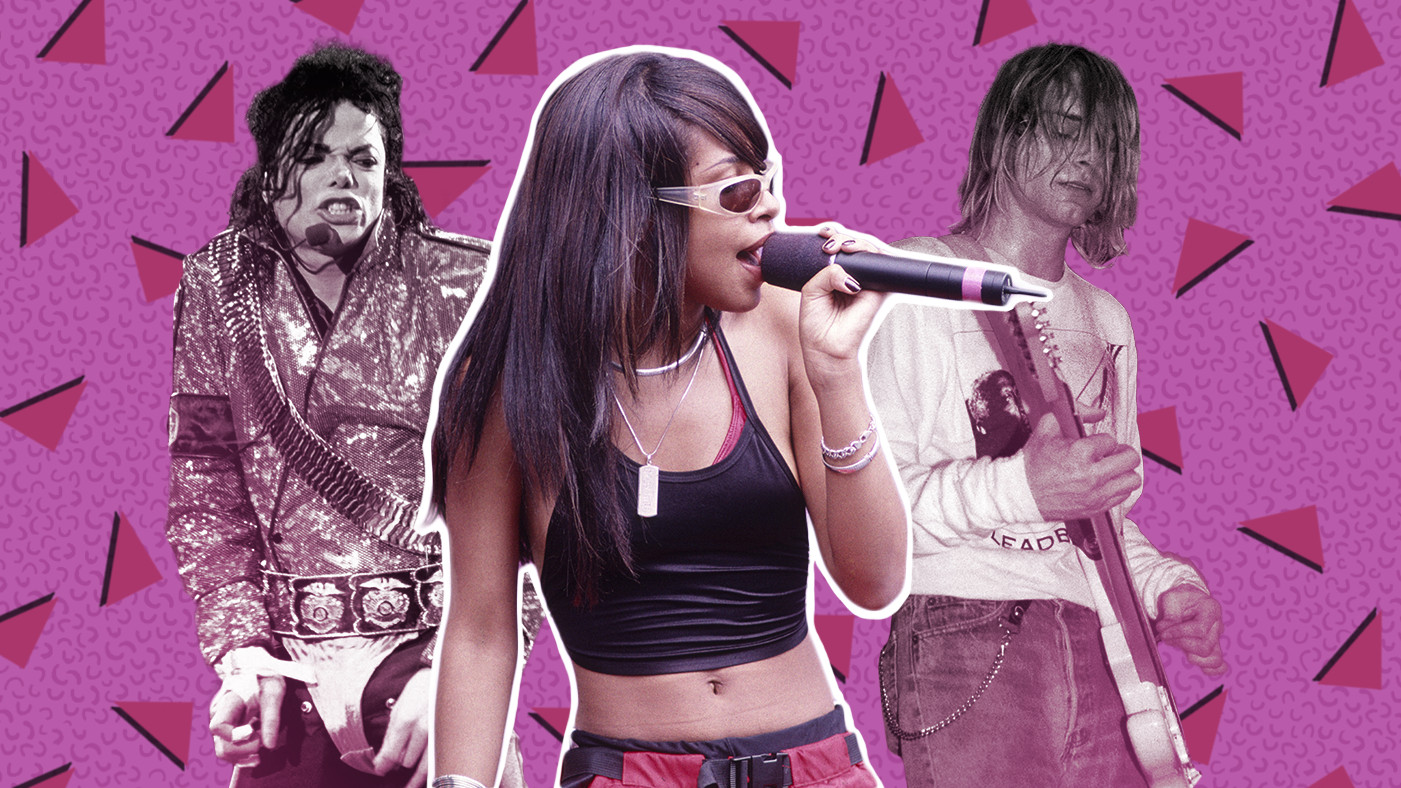 Harvey Danger Flagpole Sitta 90s alternative
Harvey Danger Flagpole Sitta 90s alternative
Are You That Somebody by Aaliyah (1998)
“Are You That Somebody” is one of Timbaland’s most avant-garde productions, yet Aaliyah effortlessly transforms it into pure pop perfection with her cool and collected vocals. The song’s innovative beat and Aaliyah’s smooth delivery defined late 90s R&B and showcased the groundbreaking collaboration between Aaliyah and Timbaland.
Wonderwall by Oasis (1995)
Noel Gallagher himself admitted he had no idea what a “wonderwall” actually was. And neither did anyone else. But it didn’t matter then, and it doesn’t matter now. Oasis’s “Wonderwall” possesses an anthemic quality that can turn any space into a raucous pub singalong, even if slightly out of tune. This song became a defining track of Britpop and a global singalong anthem of the 90s.
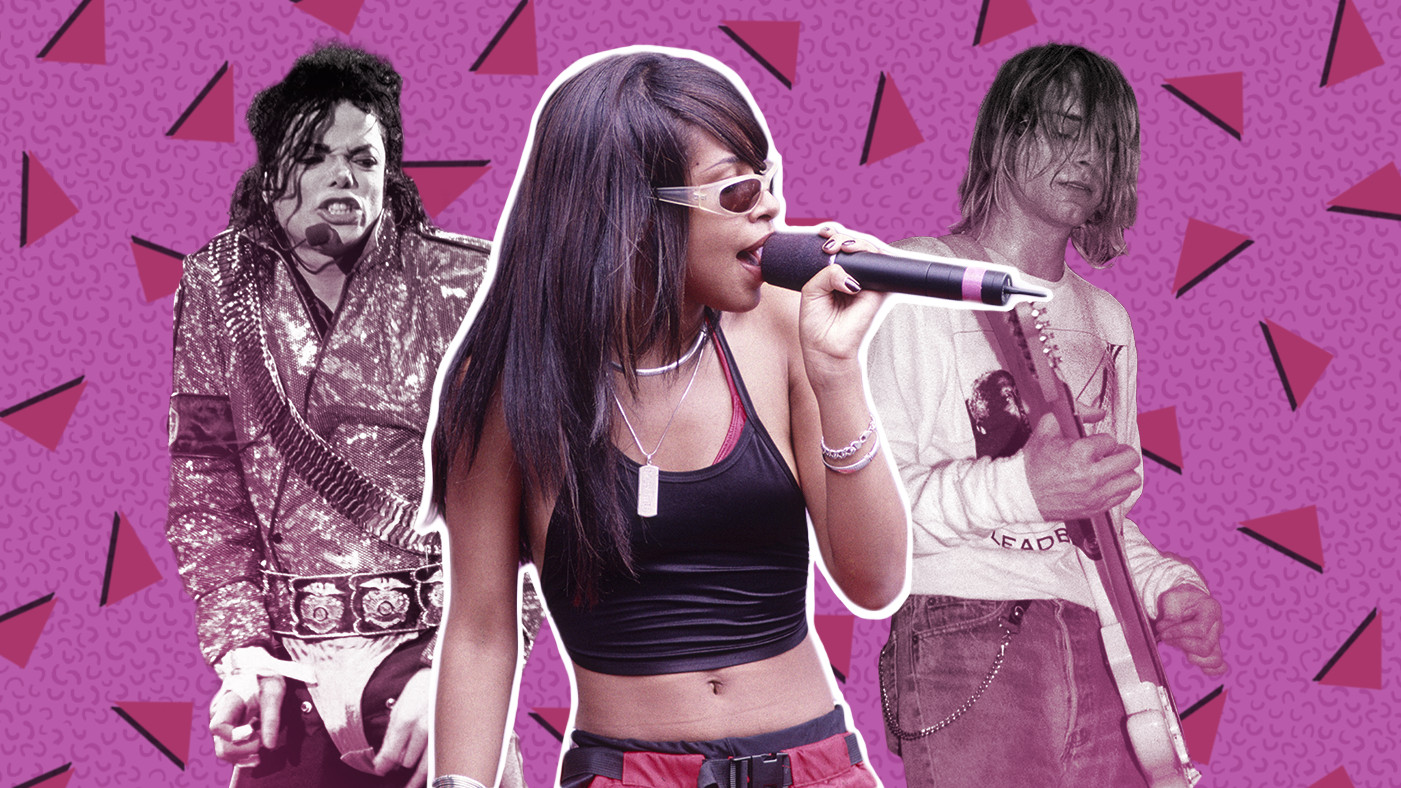 Oasis Wonderwall 90s Britpop anthem
Oasis Wonderwall 90s Britpop anthem
Shook Ones Pt. II by Mobb Deep (1995)
“Shook Ones Pt. II” by Mobb Deep is the hip-hop equivalent of “Gimme Shelter,” a stark and unflinching report from the urban combat zone. Queensbridge duo Prodigy and Havoc paint a picture of a world where vulnerability, or any emotion for that matter, can be fatal. “There ain’t no such thing as halfway crooks” is the chilling mantra of this track. Mobb Deep were among the grittiest of the mid-90s East Coast hip-hop crews, and their signature hit remains as impactful and unsettling as ever.
1979 by Smashing Pumpkins (1995)
Billy Corgan’s nostalgic ode to generic suburban Midwestern adolescent summers, “1979,” is anchored by James Iha’s shimmering guitar hook. Even Corgan skeptics couldn’t deny the song’s power. Famously covered by Pavement, “1979” evokes the feeling of youthful summers passing by “faster than the speed of sound, faster than we thought we’d go.” It became a signature song for the Smashing Pumpkins and a defining track of 90s alternative rock.
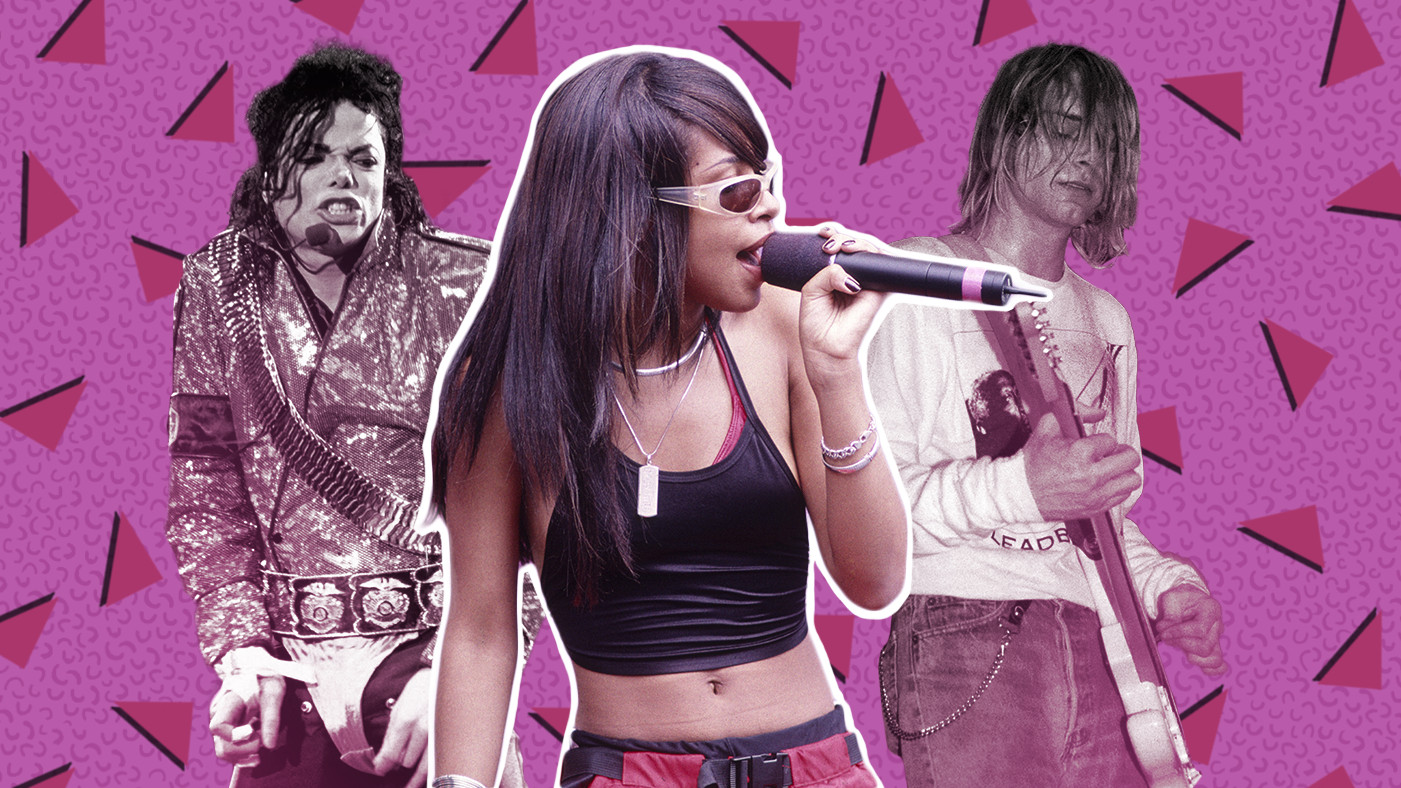 Smashing Pumpkins 1979 90s alternative rock
Smashing Pumpkins 1979 90s alternative rock
Loser by Beck (1993)
Beck emerged as a poet for his generation – and the 90s were overflowing with them. (The poet-per-generation ratio reached unprecedented levels in the 90s.) “Loser” arrived with a bluesy guitar lick, a beatbox rhythm, a leaf blower, and a music video that playfully infringed on George Lucas’s copyrights. “Loser” became an ironic anthem for 90s slacker culture, propelled by Beck’s unique blend of genres and his postmodern lyrical sensibility.
Heartbreak Hotel by Whitney Houston Feat. Faith Evans and Kelly Price (1998)
Whitney Houston, joined by Faith Evans and Kelly Price, delivers a powerful kiss-off to a trifling man in “Heartbreak Hotel.” Her voice builds from subtle whispers to soaring high notes, a sonic embodiment of sweet revenge. At the time, it felt like the beginning of a new chapter for Whitney. Sadly, it proved to be closer to the end of the story, but “Heartbreak Hotel” remains a testament to her vocal prowess and her enduring appeal in 90s R&B.
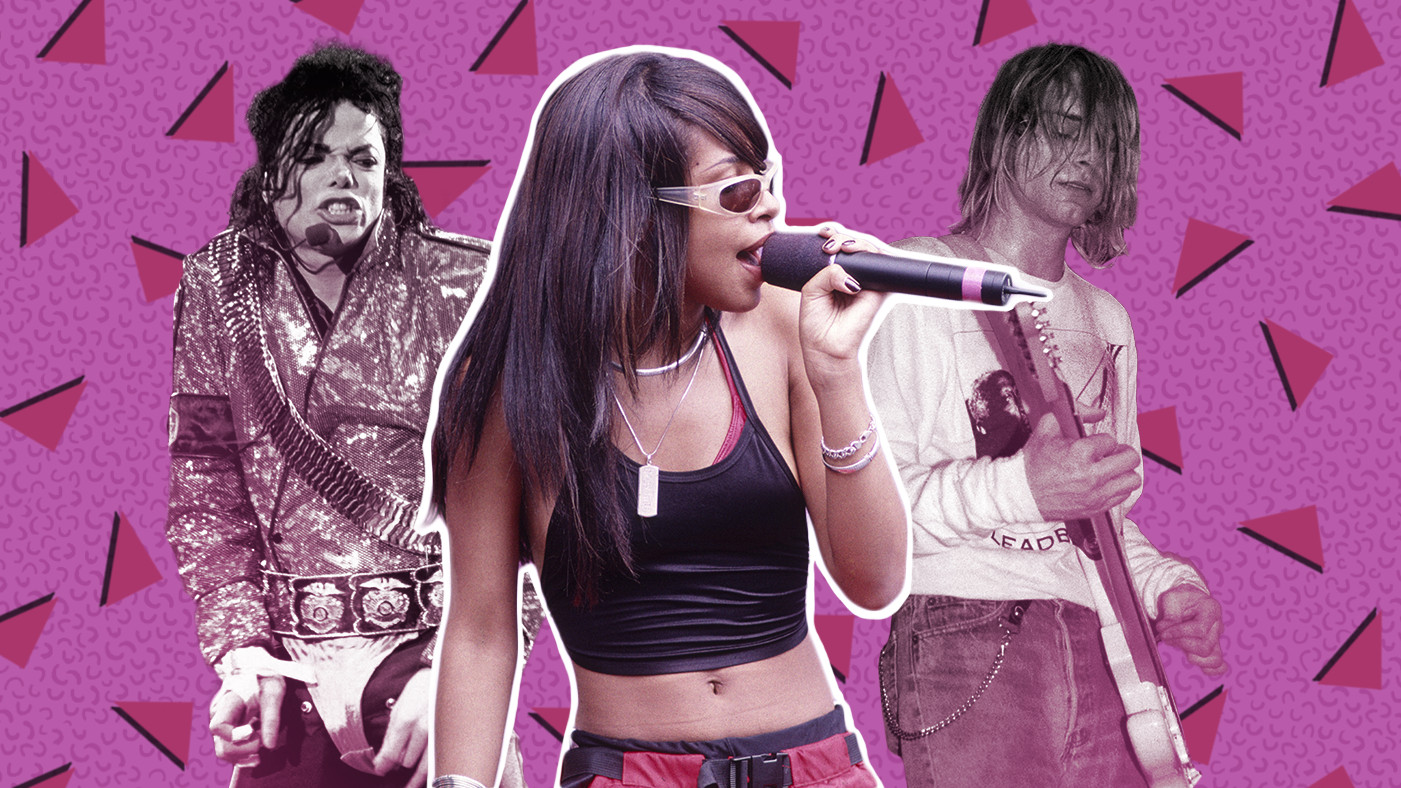 Whitney Houston Heartbreak Hotel 90s R&B
Whitney Houston Heartbreak Hotel 90s R&B
Queer by Garbage (1995)
Shirley Manson’s haunting vocals meet Butch Vig’s (Nirvana’s Nevermind producer) signature studio wizardry in Garbage’s “Queer.” Whispering the provocative lines, “You can touch me if you want/But you can’t stop,” Manson’s voice gets under your skin and stays there. “Queer” established Garbage as a force in 90s alternative rock, blending industrial textures with pop sensibilities and Manson’s magnetic stage presence.
Sure Shot by Beastie Boys (1994)
The Beastie Boys showcased their lyrical dexterity and signature wit in “Sure Shot.” Adam Yauch’s shout-out, “to all the mothers and the sisters and the wives and friends,” is a testament to their inclusive spirit. “Sure Shot” cemented the Beastie Boys’ status as hip-hop innovators and icons of 90s music.
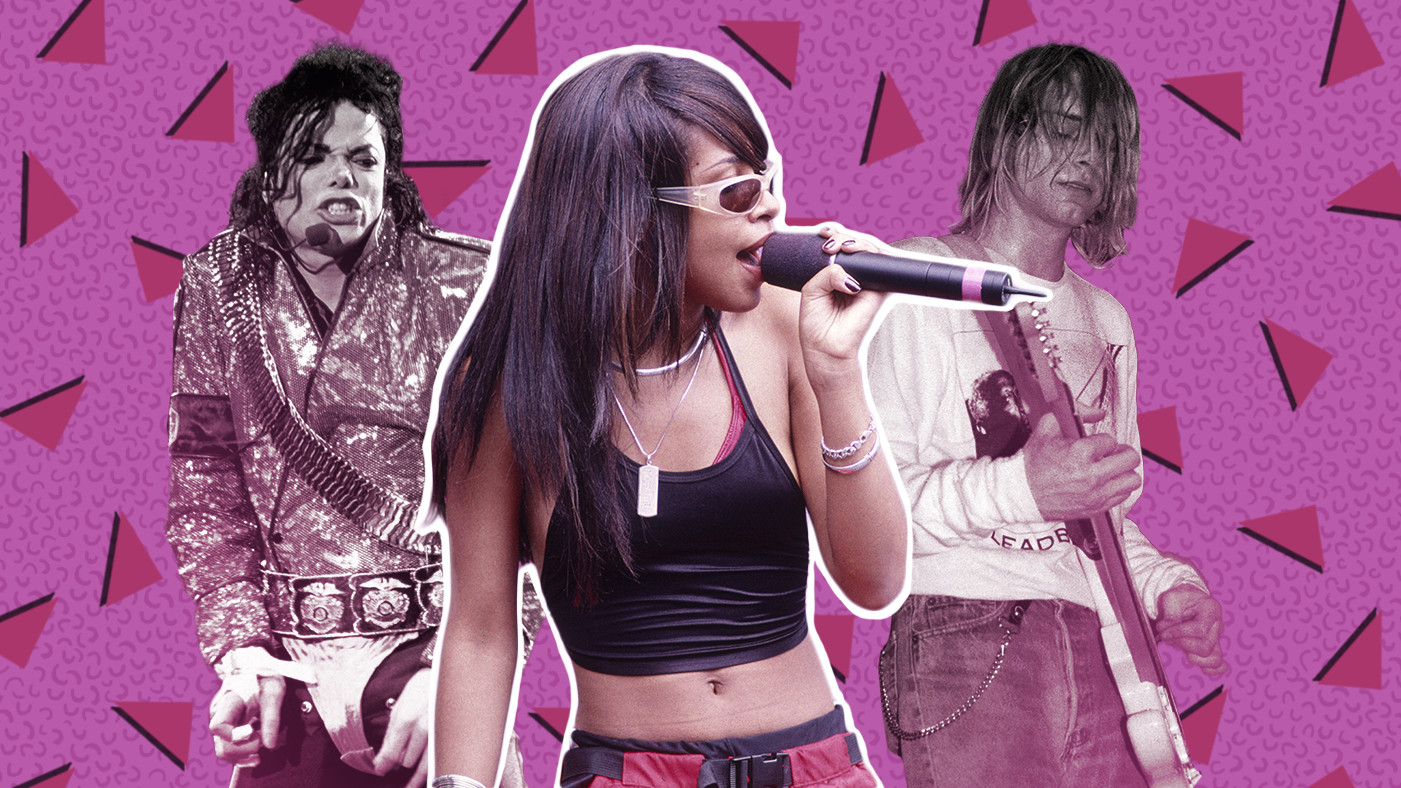 Beastie Boys Sure Shot 90s hip hop
Beastie Boys Sure Shot 90s hip hop
Get Up by Sleater-Kinney (1999)
Sleater-Kinney, the Portland punk rock goddesses, perfectly capture the feeling of isolation and defiance in “Get Up.” Even when lost and alone, they refuse to surrender. The song’s guitars sound like “a bucket of stars dumped into the universe,” creating a powerful and cathartic sonic experience. “Get Up” is a testament to the raw energy and feminist spirit of 90s riot grrrl and indie rock.
Rosa Parks by Outkast (1998)
Outkast’s “Rosa Parks” became the defining funky-bus jam of the decade, and also gifted the world the harmonica solo of the decade (apologies to Blues Traveler!). This Dirty South anthem introduced much of the country to the innovative sounds brewing in Atlanta’s “dirty-dirty ATLien nation,” courtesy of Big Boi and André 3000. It’s also where many first learned the word “crunk.” “Rosa Parks” remains a genre-bending masterpiece of 90s hip-hop.
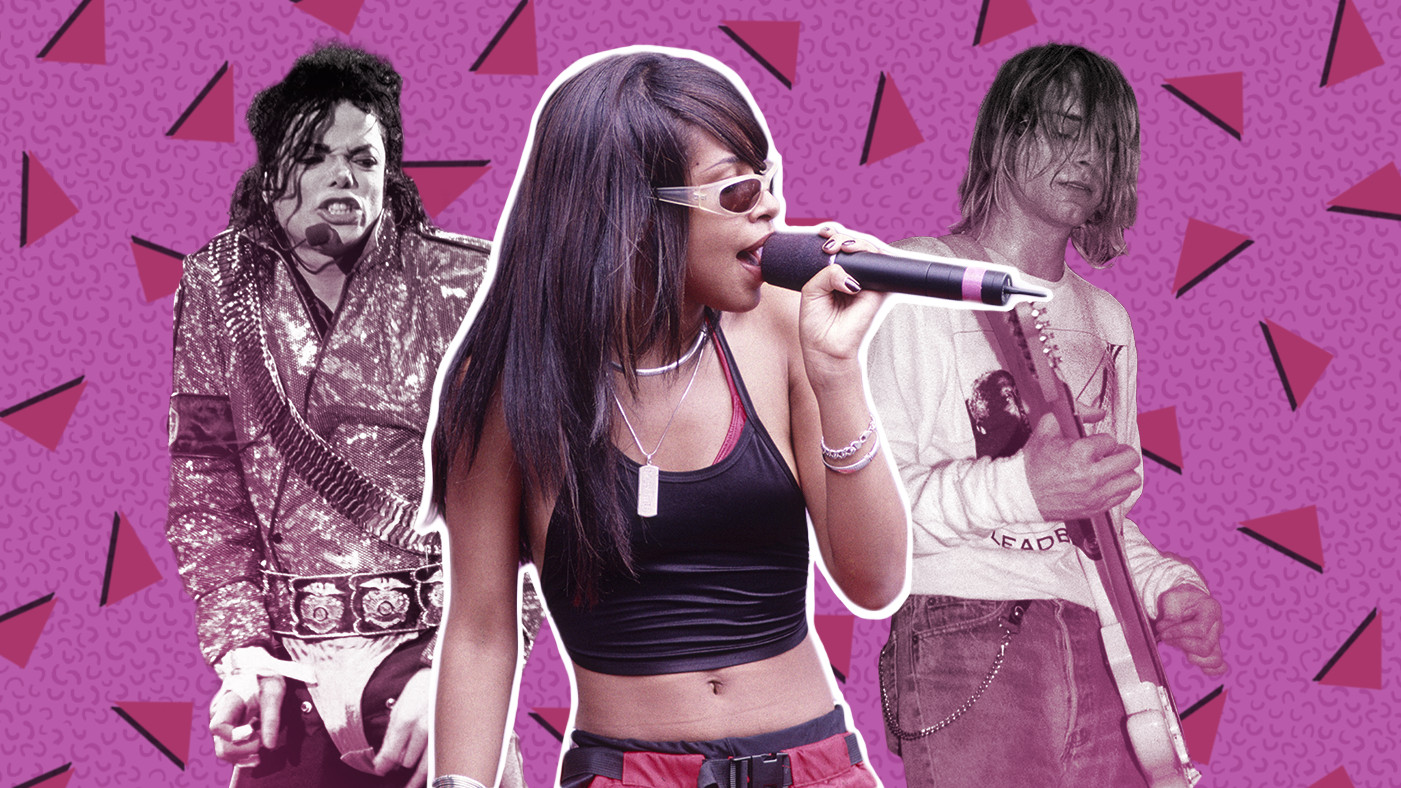 Outkast Rosa Parks 90s hip hop
Outkast Rosa Parks 90s hip hop
Nightswimming by R.E.M. (1992)
No one could have predicted on New Year’s Eve 1989 that R.E.M.’s best work was still ahead of them. Yet, the band would release four stone-cold classic albums in a row during the 90s. “Nightswimming” is a bittersweet piano reverie about skinny-dipping in the Georgia pines, with Michael Stipe attempting to hold onto fleeting memories before they fade into the everyday. This song showcases R.E.M.’s introspective side and Stipe’s lyrical storytelling, becoming a signature track of 90s alternative rock.
Brooklyn Zoo by Ol’ Dirty Bastard (1995)
The Wu-Tang Clan universe was designed for album-length explorations, but “Brooklyn Zoo” by Ol’ Dirty Bastard (ODB), aka Big Baby Jesus, was their most successful and hilarious attempt at radio airplay. ODB’s chaotic energy and unique vocal delivery shine over RZA’s broken piano keys. “Brooklyn Zoo” proved that Wu-Tang’s appeal could extend beyond hardcore hip-hop and reach a wider audience, demonstrating that “Wu-Tang really is for the children.”
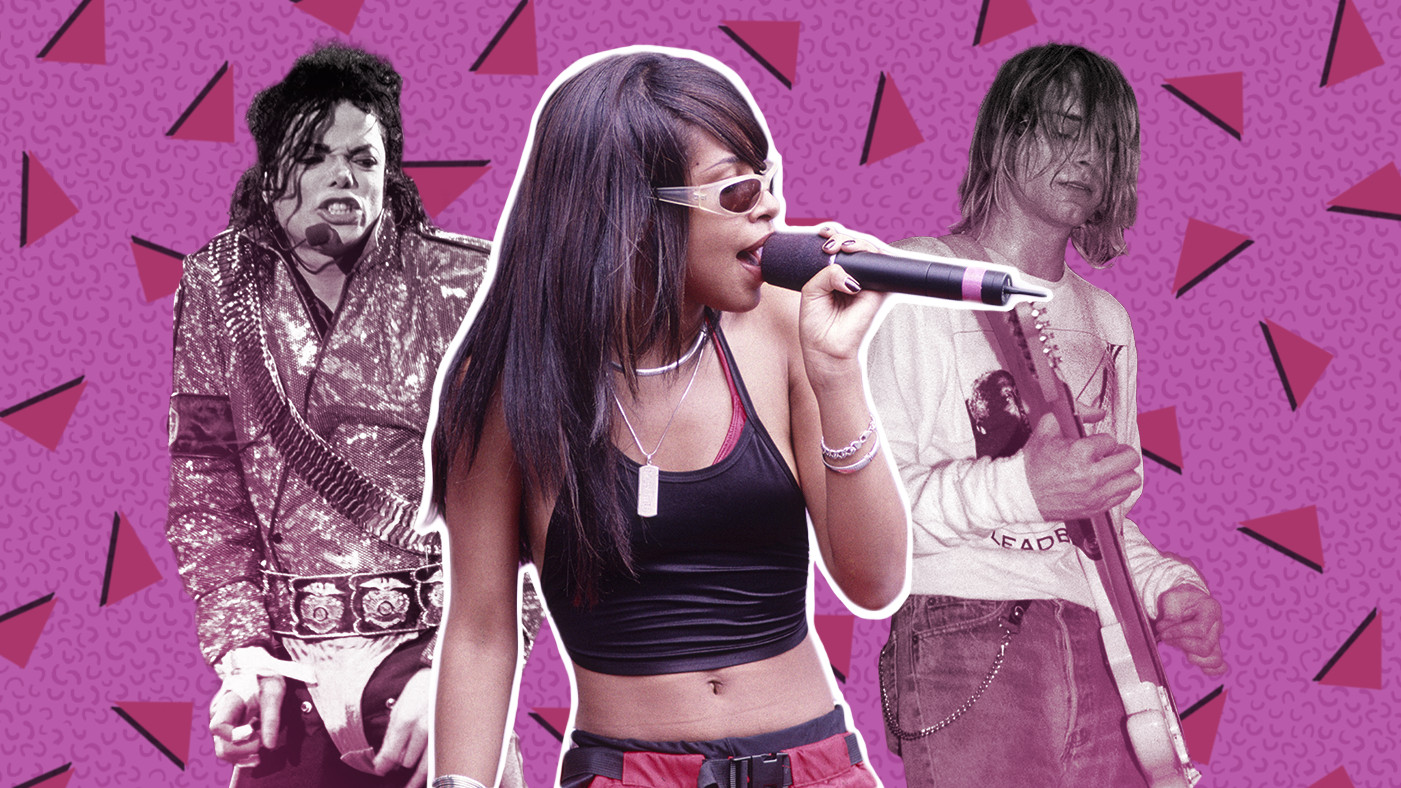 Ol Dirty Bastard Brooklyn Zoo 90s hip hop
Ol Dirty Bastard Brooklyn Zoo 90s hip hop
Cannonball by The Breeders (1993)
Kim Deal, emerging from the ashes of alt-rock pioneers The Pixies, formed The Breeders with her twin sister Kelley on guitar. “Cannonball” is a wonderfully messy, big-hearted, and shaggy-headed song. It became one of the most wonderfully bizarre radio hits of the 90s, or any decade for that matter. “Cannonball” solidified The Breeders as a force in 90s alternative rock and showcased Kim Deal’s songwriting prowess.
Doll Parts by Hole (1994)
“Doll Parts” is arguably Courtney Love’s finest musical moment. It’s the kind of song that might make your mom put it on repeat and cry alone in the car in the driveway. “Someday you will ache like she aches,” the song seems to warn. “Doll Parts” is a raw and emotionally charged ballad that became a defining track of 90s grunge and female-fronted rock.
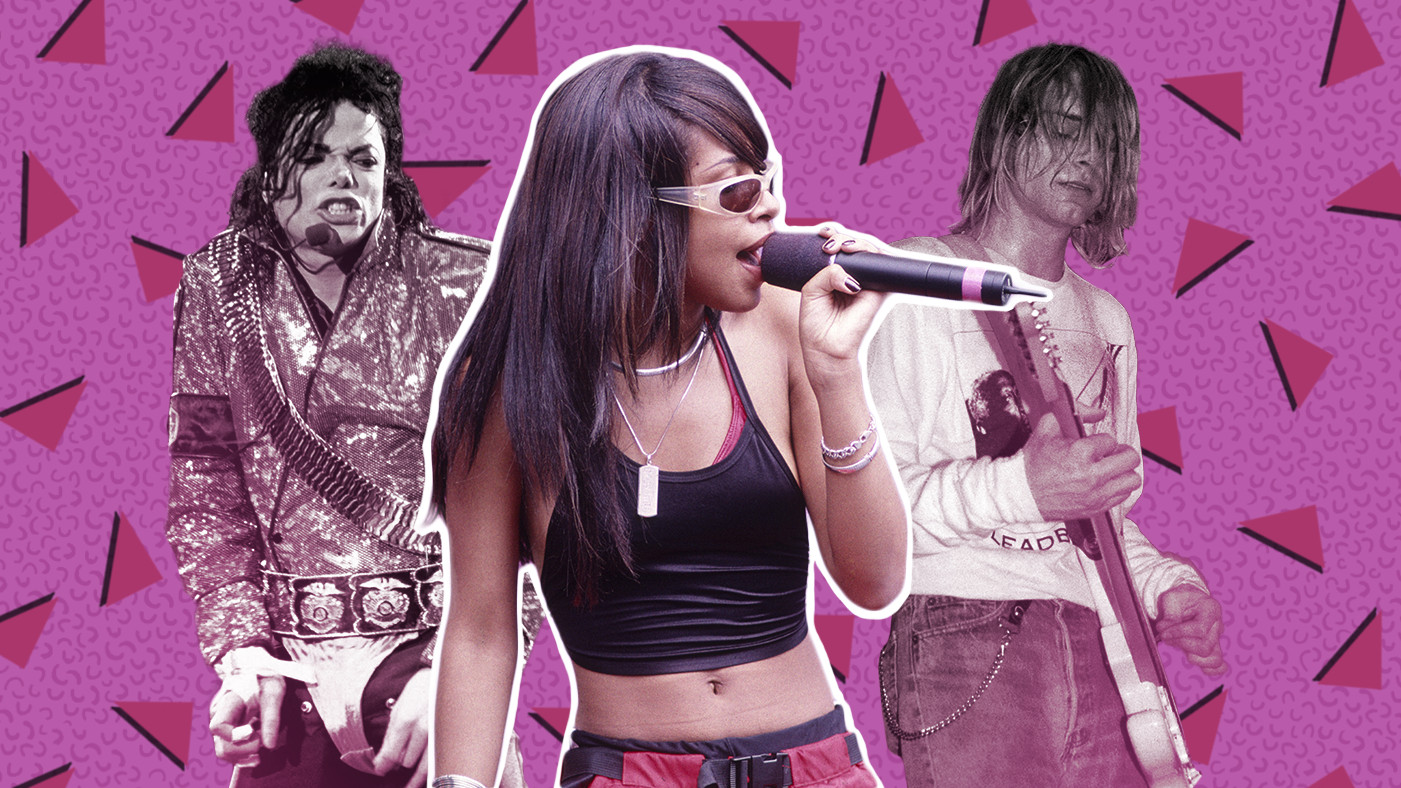 Hole Doll Parts 90s grunge
Hole Doll Parts 90s grunge
No Scrubs by TLC (1999)
“Oh, yes, son, she’s talking to you.” TLC, the crazy-sexy-cool Atlanta trio, closed out the decade they dominated with “No Scrubs.” This hilarious and assertive rant takes aim at street harassment and much more. “No Scrubs” became a late 90s anthem of female empowerment and solidified TLC’s status as one of the most influential girl groups of all time. Burn on, Left Eye.
Fuck and Run by Liz Phair (1993)
Believe it or not, people thought they had problems in 1993. Liz Phair’s “Fuck and Run” testifies to the disposable nature of certain romantic encounters with a plainspoken honesty that resonates deeply. The unfortunate truth is that its central theme, “Boys only want love if it’s torture,” remains timeless. “Fuck and Run” is a raw and relatable indie rock gem from the early 90s, showcasing Phair’s unflinching lyrical style.
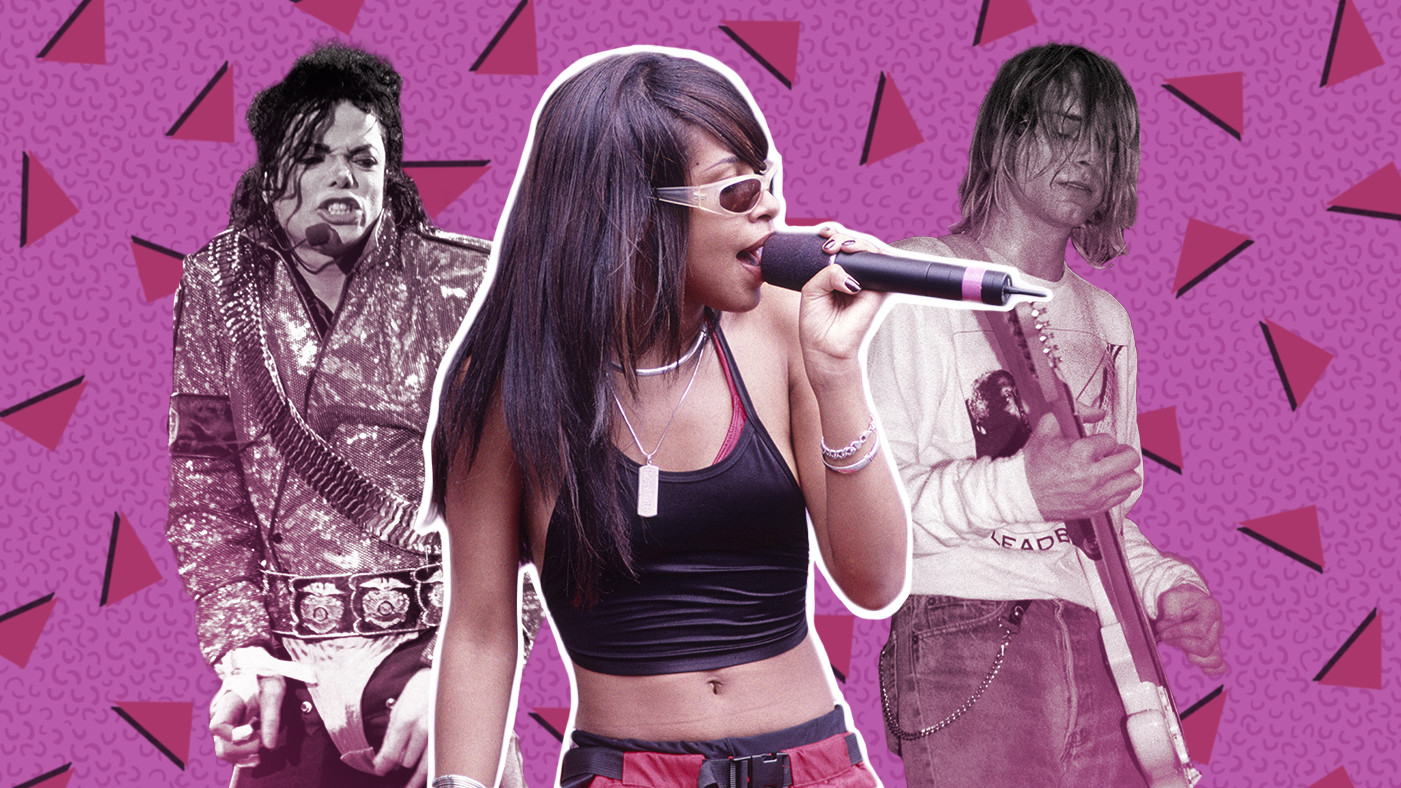 Liz Phair Fuck and Run 90s indie rock
Liz Phair Fuck and Run 90s indie rock
Common People by Pulp (1995)
Jarvis Cocker, the charismatic frontman of Pulp, exudes more soul and swagger in a single puff of cigarette smoke than many singers manage in their entire careers. “Common People” is a Britpop masterpiece, overflowing with sex, sarcasm, despair, and above all, sex appeal. This song became a defining track of Britpop and a sharp social commentary on class and culture in 90s Britain.
The Rain (Supa Dupa Fly) by Missy “Misdemeanor” Elliott (1997)
“Introducing Missy and Timbaland, the duo who stole the decade.” Together, Missy Elliott and Timbaland warped a 70s R&B sample into a long, humid Southern night in “The Rain (Supa Dupa Fly).” Crickets chirp, storm clouds gather, and Missy delivers her iconic rhymes. “The Rain” marked the arrival of a groundbreaking creative partnership that would redefine the sound of late 90s and early 2000s hip-hop and R&B. Oh, Missy, try to maintain.
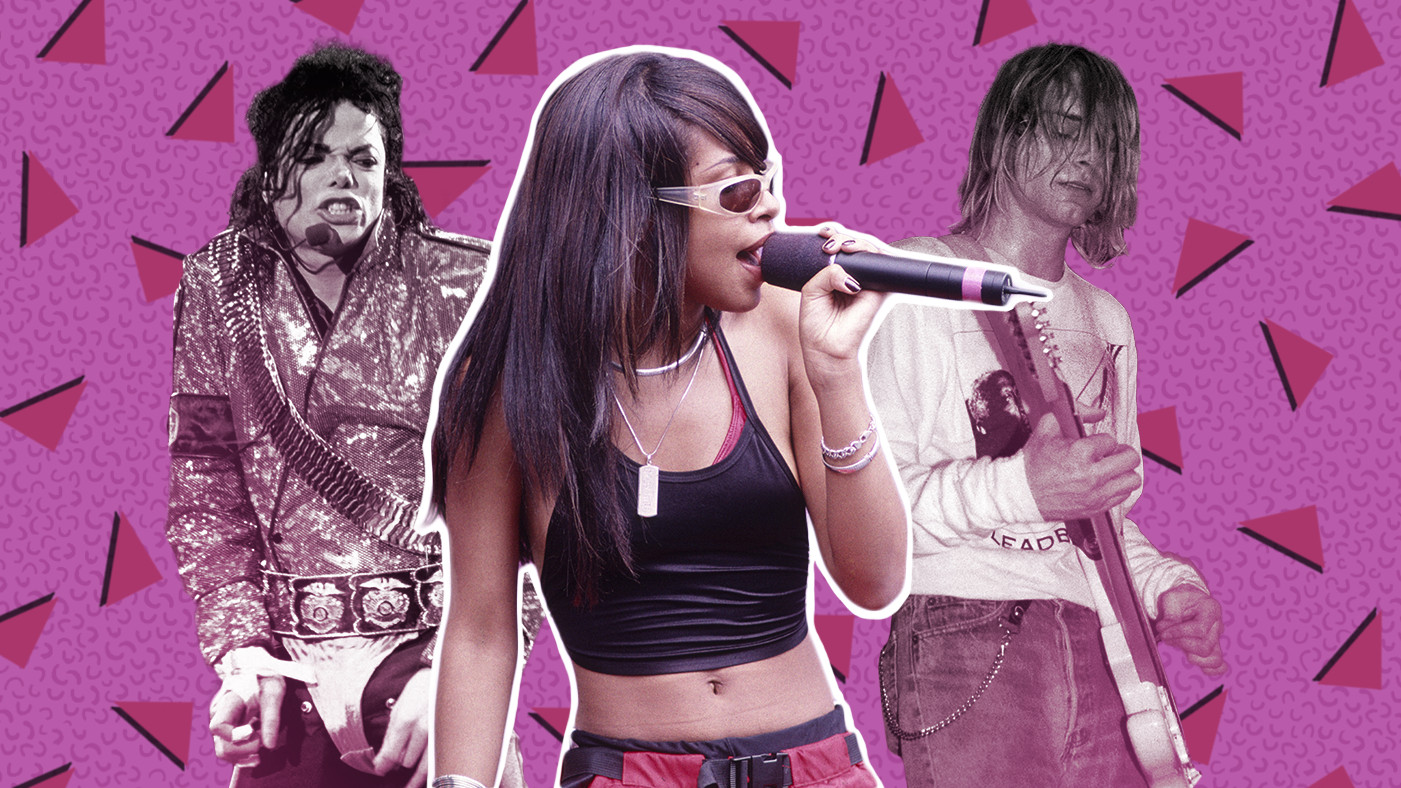 Missy Misdemeanor Elliott The Rain 90s hip hop
Missy Misdemeanor Elliott The Rain 90s hip hop
Gold Soundz by Pavement (1994)
“Gold Soundz” by Pavement encapsulates all the boyish heart-on-sleeve urgency of The Beach Boys’ Pet Sounds packed into a concise three minutes. Stephen Malkmus and his slacker crew waste not a single second of this song – every guitar twang, every breathy mumble contributes to a note-perfect emotional surge. It’s almost like they actually care, or something. “Gold Soundz” is a quintessential track of 90s indie rock, showcasing Pavement’s signature blend of lo-fi aesthetics and sharp songwriting.
Nuthin’ but a ‘G’ Thang by Dr. Dre and Snoop Dogg (1992)
Dr. Dre, already a legend from N.W.A., returned even stronger in the 90s, with significant help from the emerging star Snoop Dogg. “Nuthin’ but a ‘G’ Thang” is a groove so infectious it makes any car bounce. Its bassline is “realer than ‘Real Deal’ Holyfield.” This song launched Snoop Dogg’s career and solidified Dr. Dre’s position as a production genius, defining the sound of 90s G-funk hip-hop.
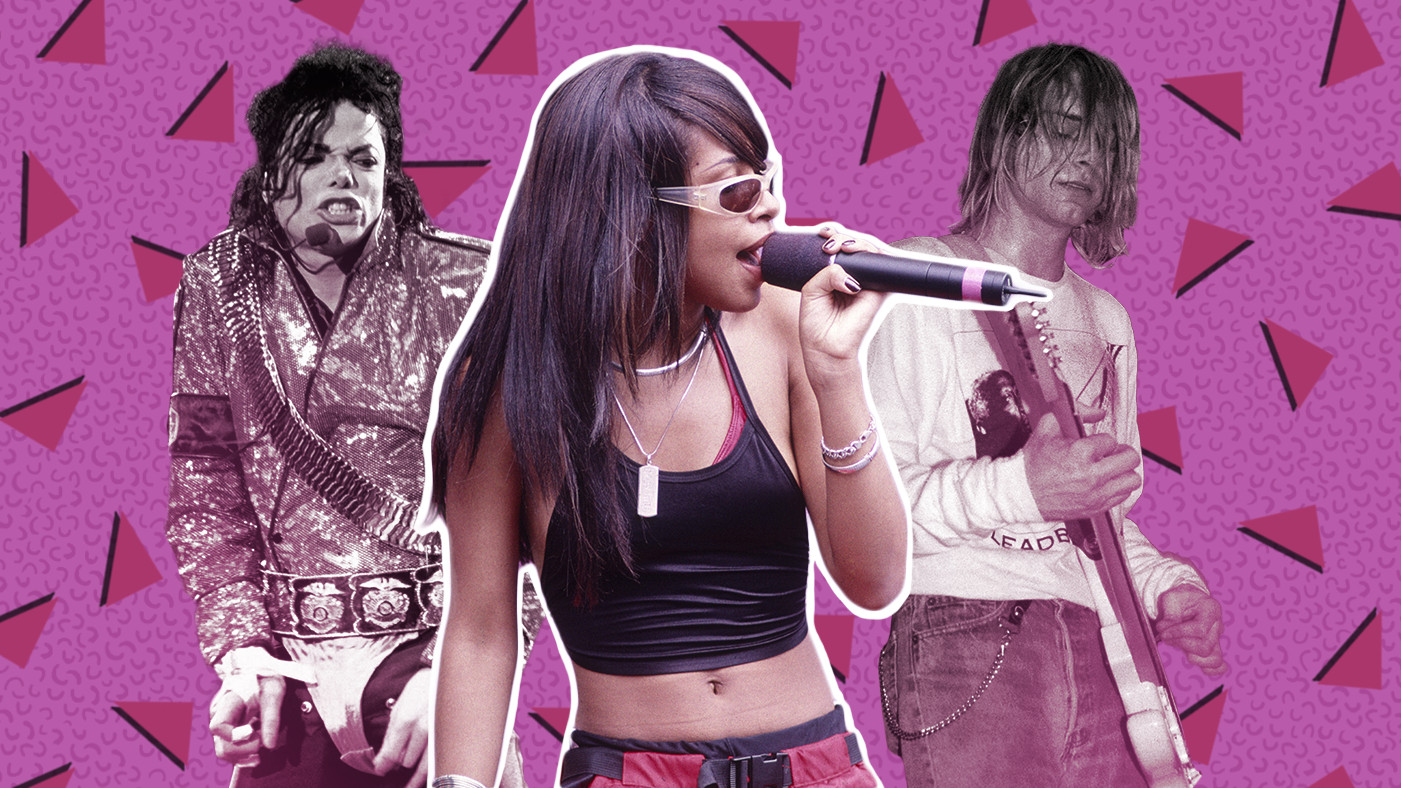 Dr Dre Snoop Dogg Nuthin but a G Thang 90s hip hop
Dr Dre Snoop Dogg Nuthin but a G Thang 90s hip hop
Rebel Girl by Bikini Kill (1993)
Bikini Kill, led by the fierce Kathleen Hanna, along with their “token boy guitar player,” entered a recording studio with Joan Jett and emerged with “Rebel Girl.” This seven-inch single fulfilled every radical promise punk rock ever made. “Rebel Girl” is an anthem for the neighborhood girl with revolution in her hips. It’s rock & roll with political and emotional muscle – how truly bizarre. This song became a cornerstone of the riot grrrl movement and a powerful anthem of 90s feminist punk.
Mo Money Mo Problems by Notorious B.I.G. With Mase and Puff Daddy (1997)
The late, great Notorious B.I.G. possesses more soul and swagger just clearing his throat before his verse than most rappers have in their entire catalogs. “Mo Money Mo Problems” became an accidental epitaph, reaching Number One shortly after his tragic death, yet paradoxically making him sound incredibly alive. Burning question: Did Mase ever get to see his name on a blimp? This song remains a classic of 90s hip-hop and a bittersweet reminder of Biggie’s immense talent.
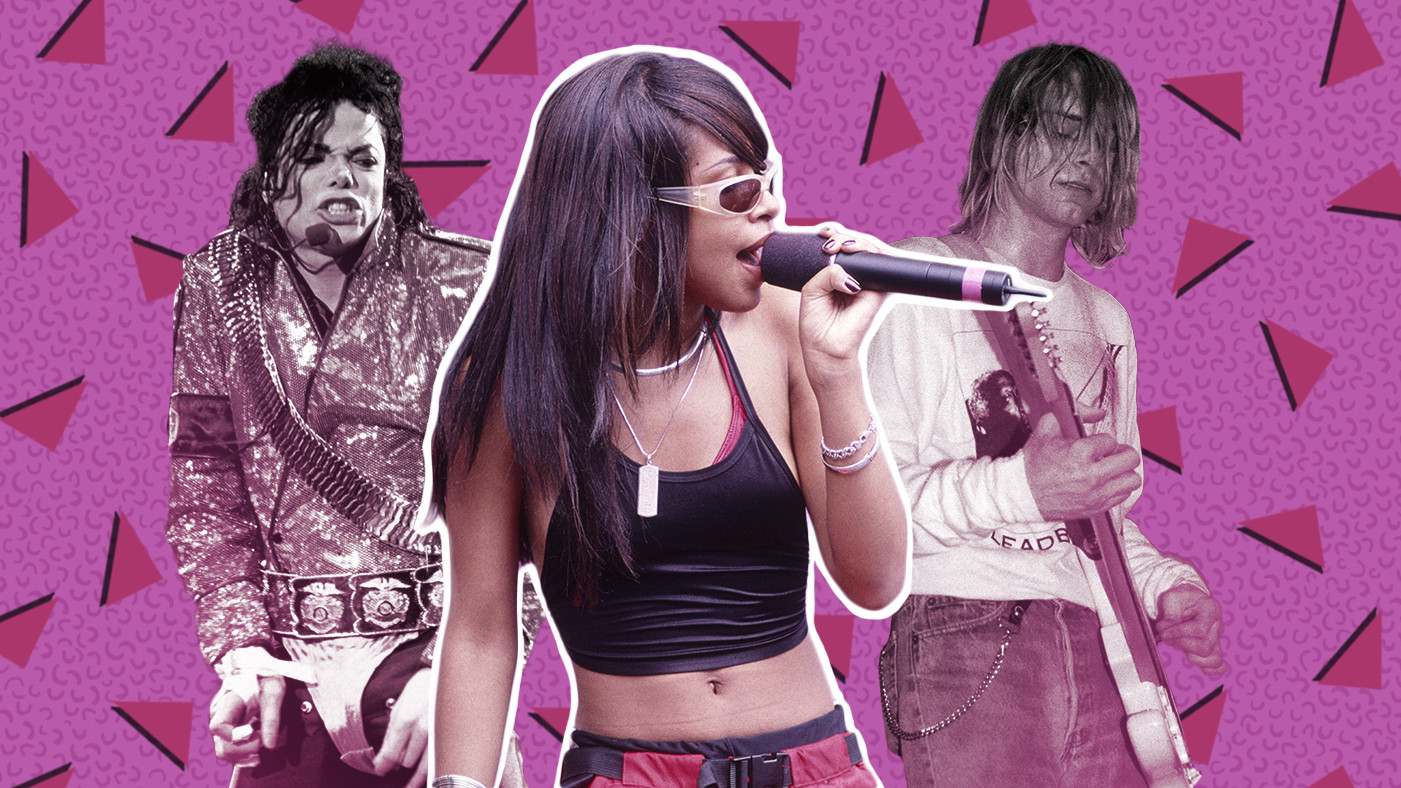 Notorious BIG Mo Money Mo Problems 90s hip hop
Notorious BIG Mo Money Mo Problems 90s hip hop
No Diggity by Blackstreet (1996)
“No Diggity” by Blackstreet is a utopian celebration of the rump-shaking essence of American music. Teddy Riley, the Virginia-via-Harlem beatmaster, masterfully blended doo-wop, Dr. Dre influences, classic R&B harmonies, a rumbling piano, and a sample of acoustic blues guitar from Bill Withers. We are all living in the future this song envisioned, and all the better for it. “No Diggity” became a defining track of 90s R&B and a testament to Riley’s innovative production style.
Smells Like Teen Spirit by Nirvana (1991)
“Smells Like Teen Spirit” by Nirvana is the song that detonated across the world. It defied all established rules about music creation and showcased the sheer volume of raw emotion that could be crammed into four simple chords and a deliberately sloppy guitar solo. It was the song that kicked the future in the teeth. It shattered any complacency about accepting the status quo. “Smells Like Teen Spirit” was Kurt Cobain’s challenge to the audience – and decades later, that challenge still resonates. This song remains the ultimate anthem of 90s grunge and a generation’s disillusionment and rebellious spirit.
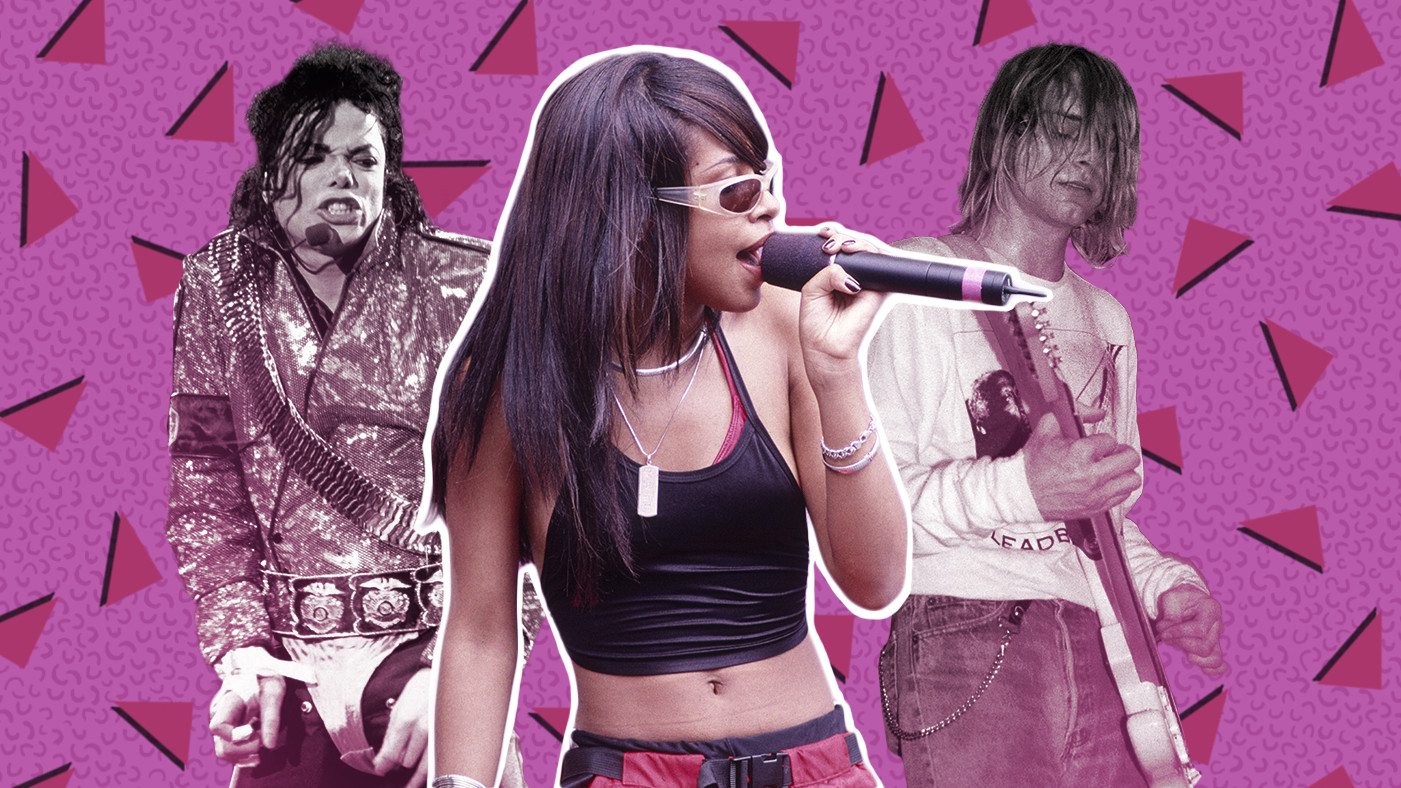 Nirvana Smells Like Teen Spirit 90s grunge anthem
Nirvana Smells Like Teen Spirit 90s grunge anthem
The 90s music scene was an unparalleled era of creativity and diversity. These 50 songs only scratch the surface of the decade’s immense musical output, but they represent the spirit of innovation, experimentation, and raw emotion that defined the best songs of the 90s. From grunge to hip-hop, pop to electronica, the 90s left an indelible mark on music history, and these tracks continue to inspire and entertain generations. The legacy of 90s music is a testament to its enduring power and its reflection of a dynamic and transformative decade.

